
About
Video Production. MC/Host. Consulting. Design. Marketing/PR. Interpreting/Translation.
“The Stage 10 story”
“Apex Integration: JDM Tuning Pioneer “
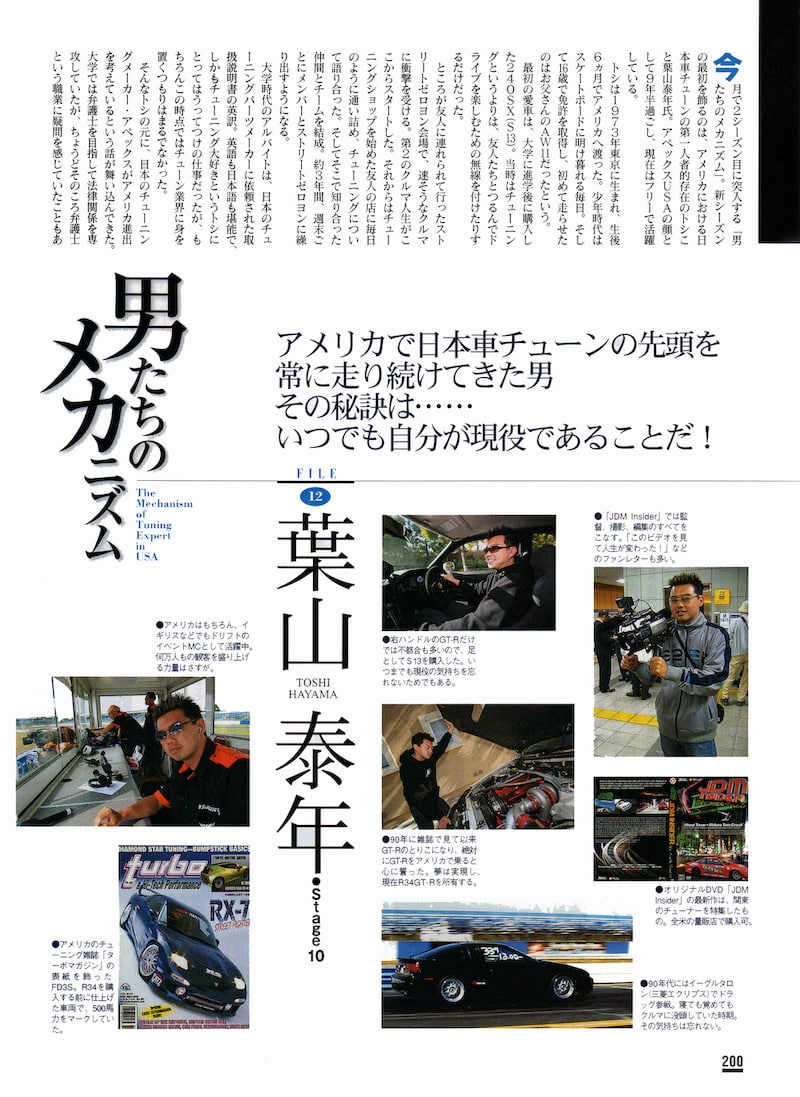

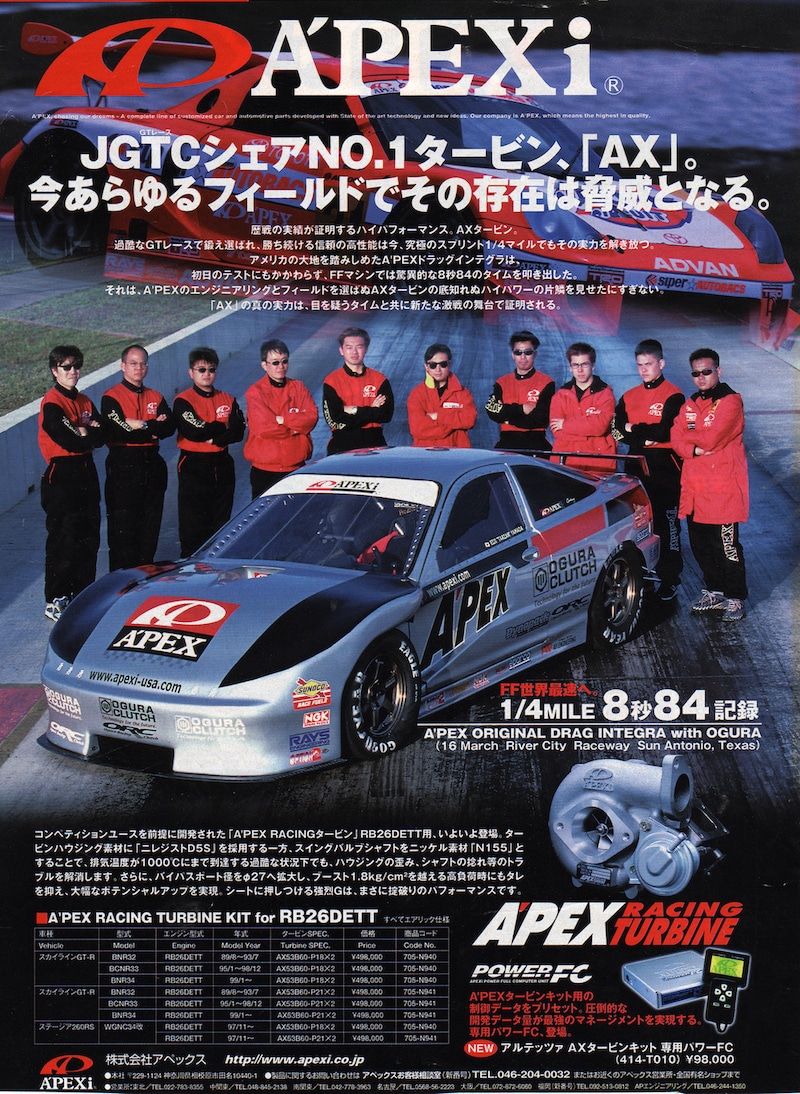


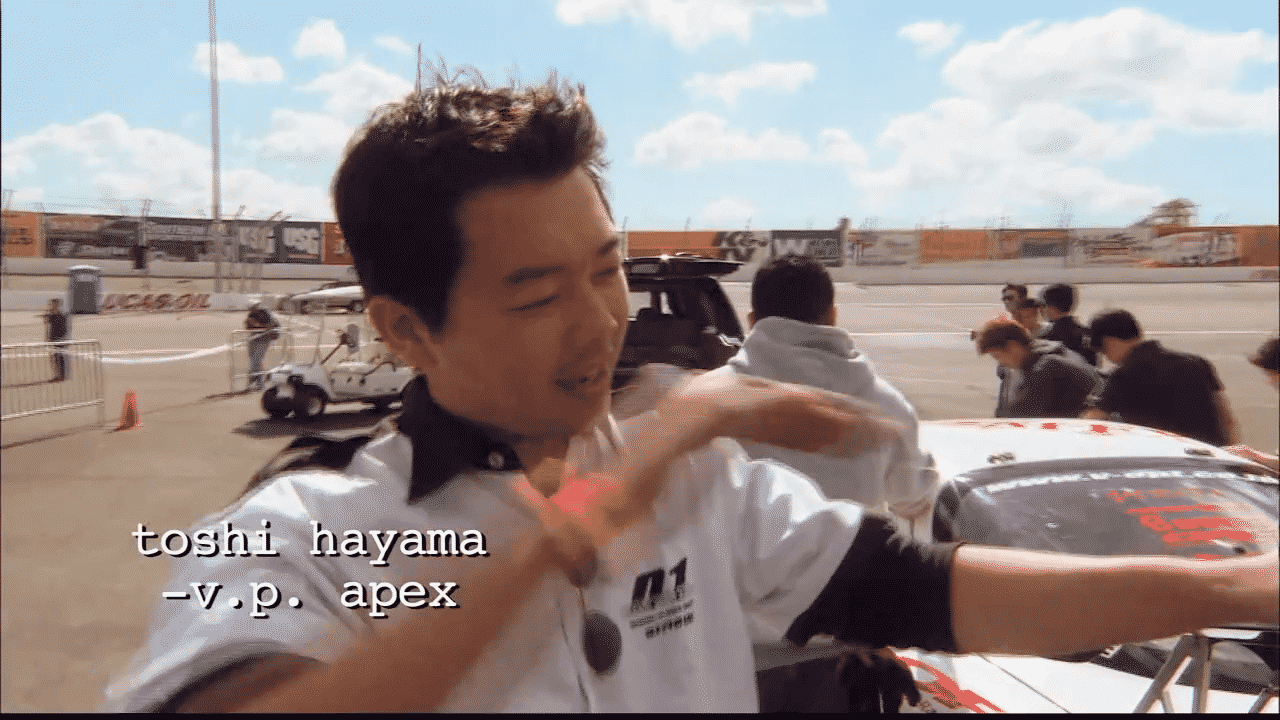
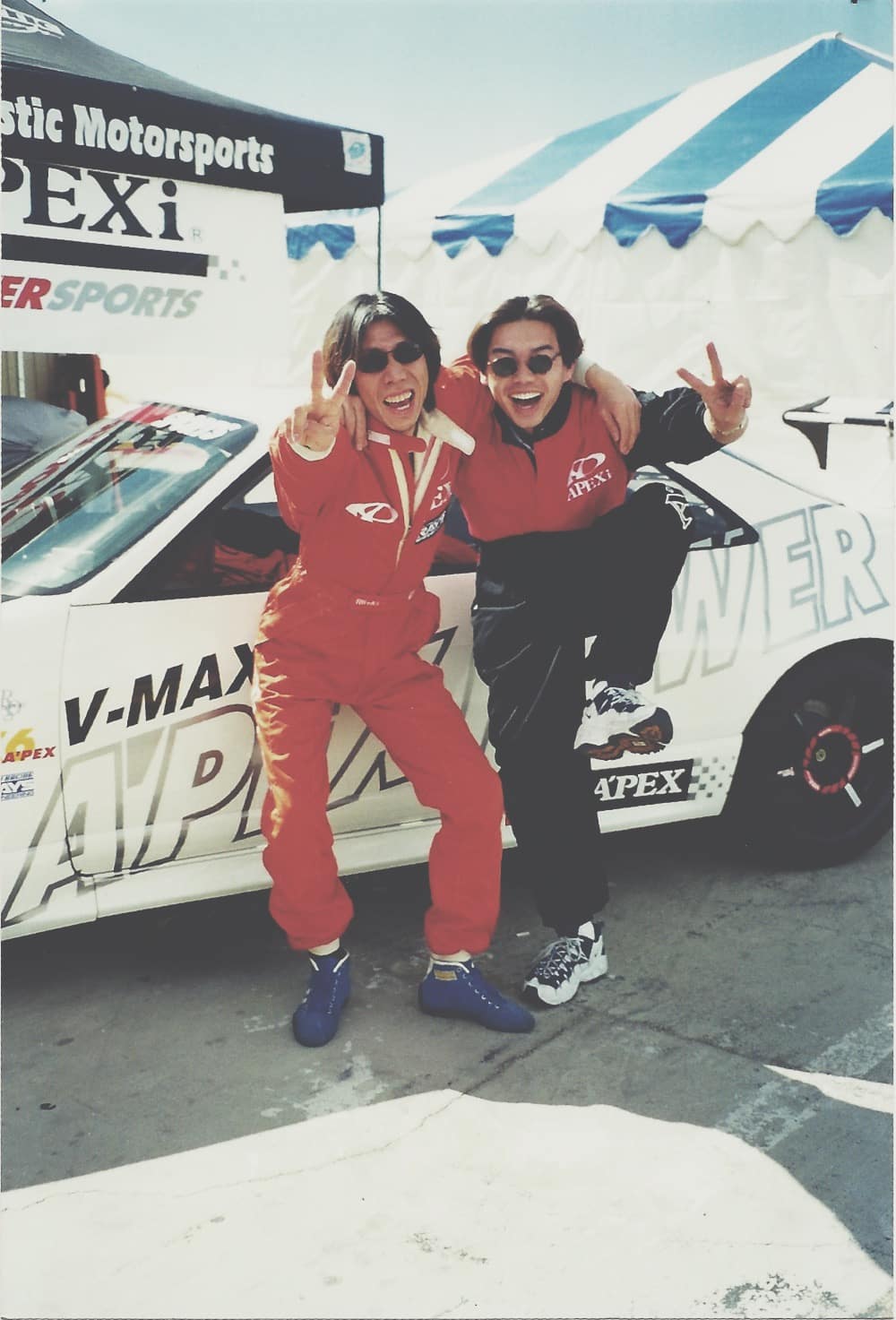
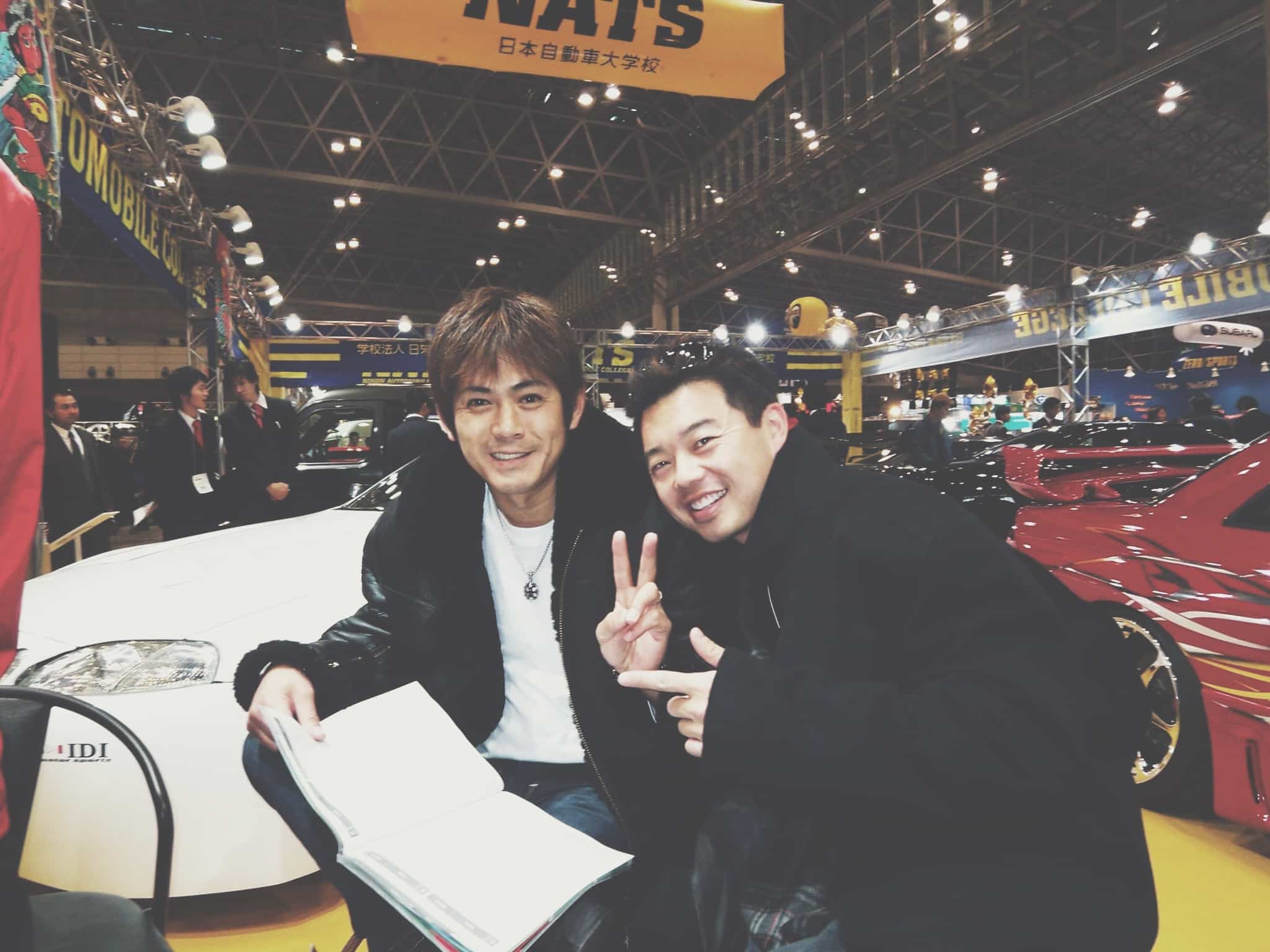
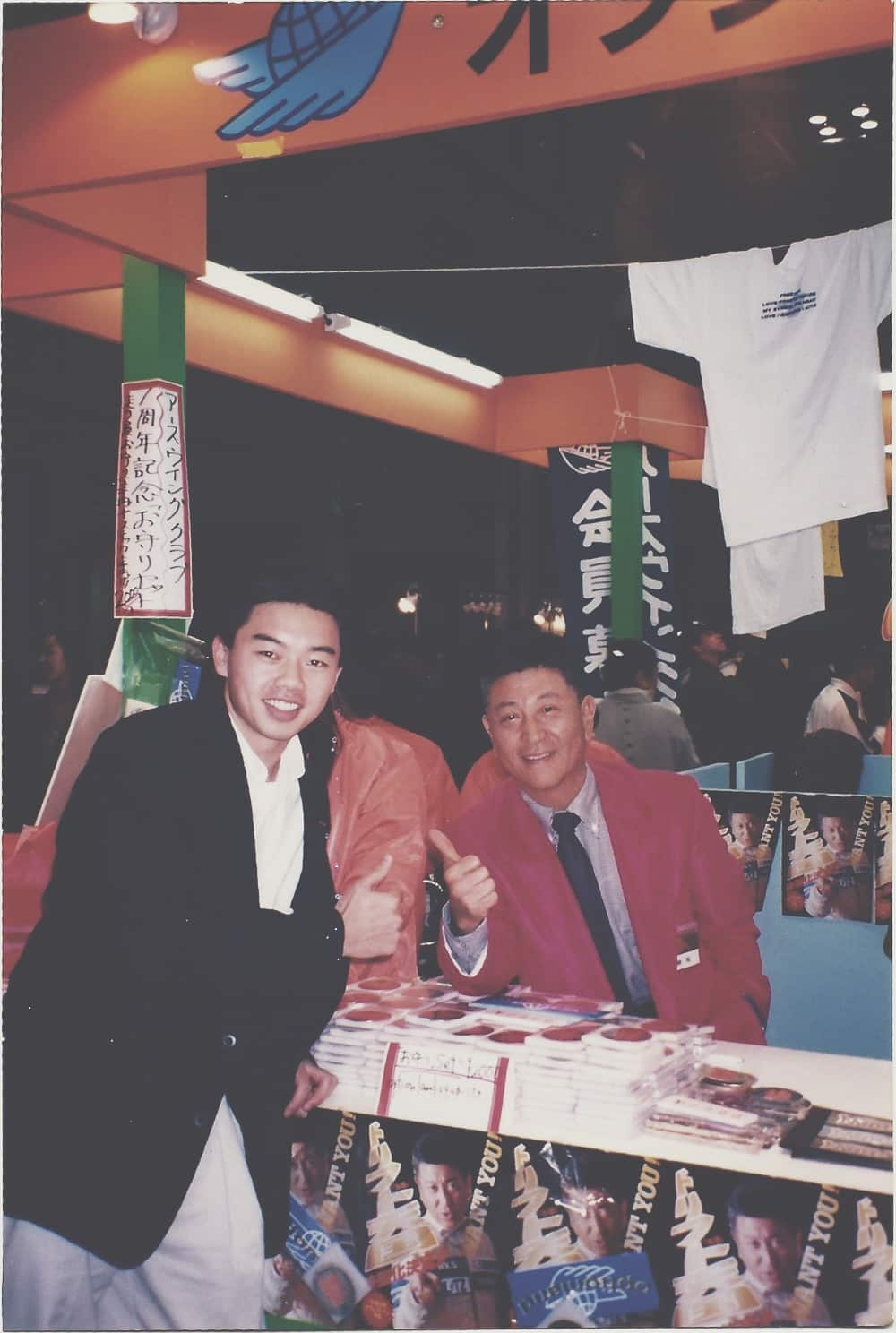
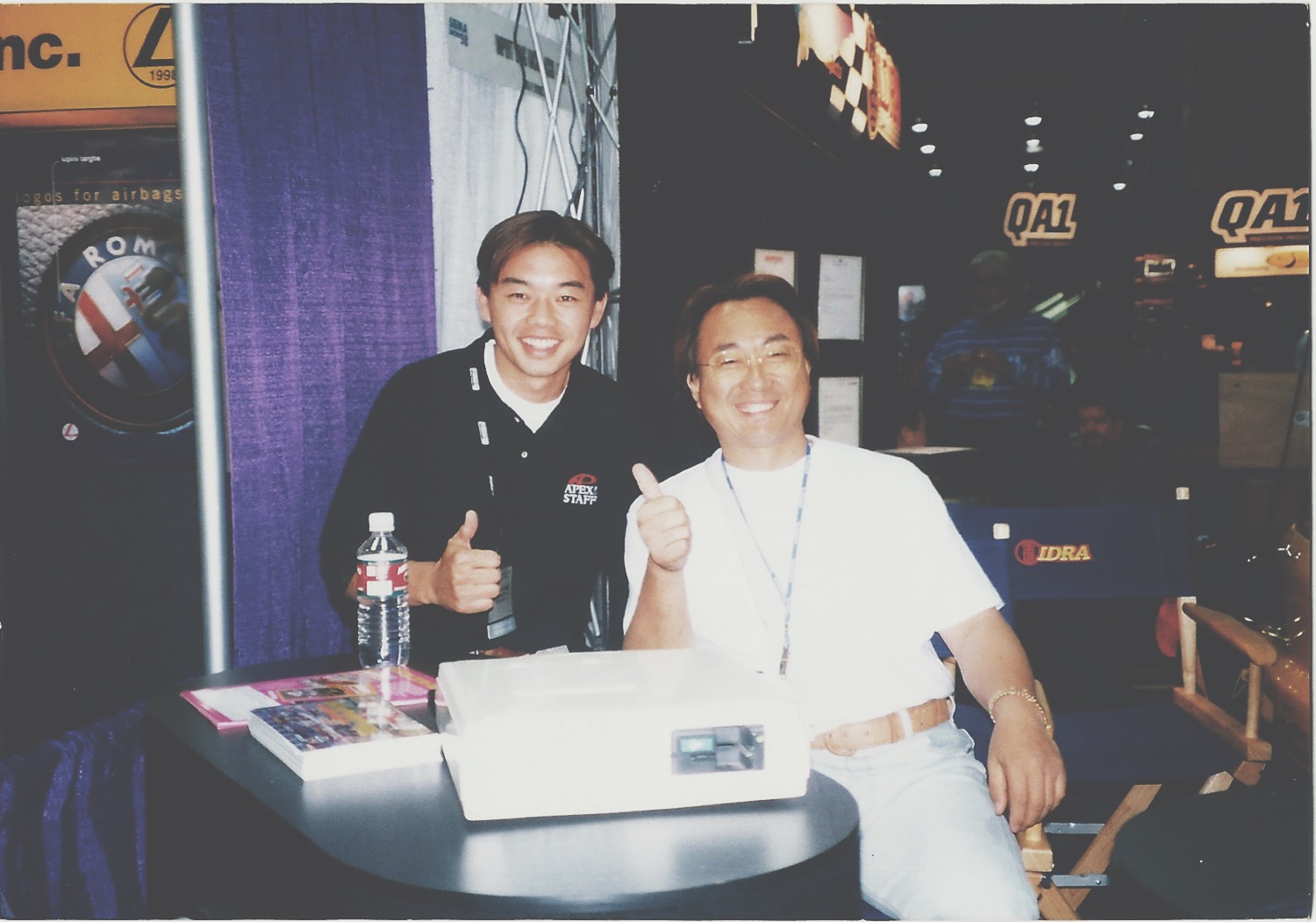
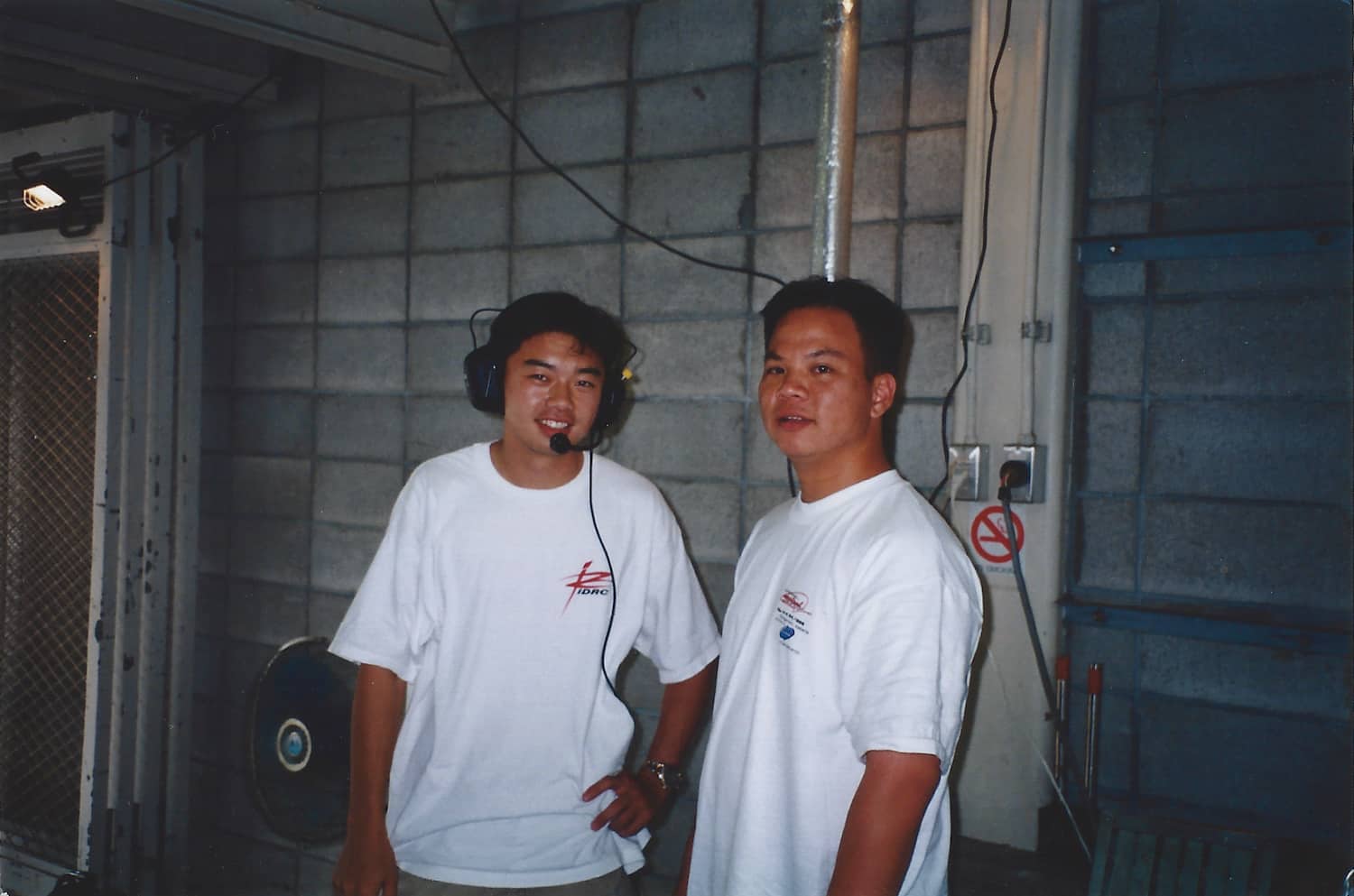
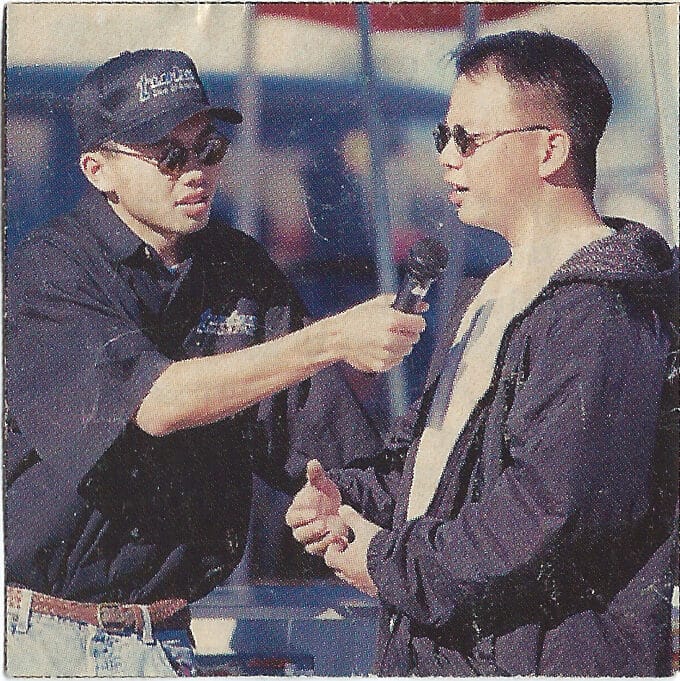
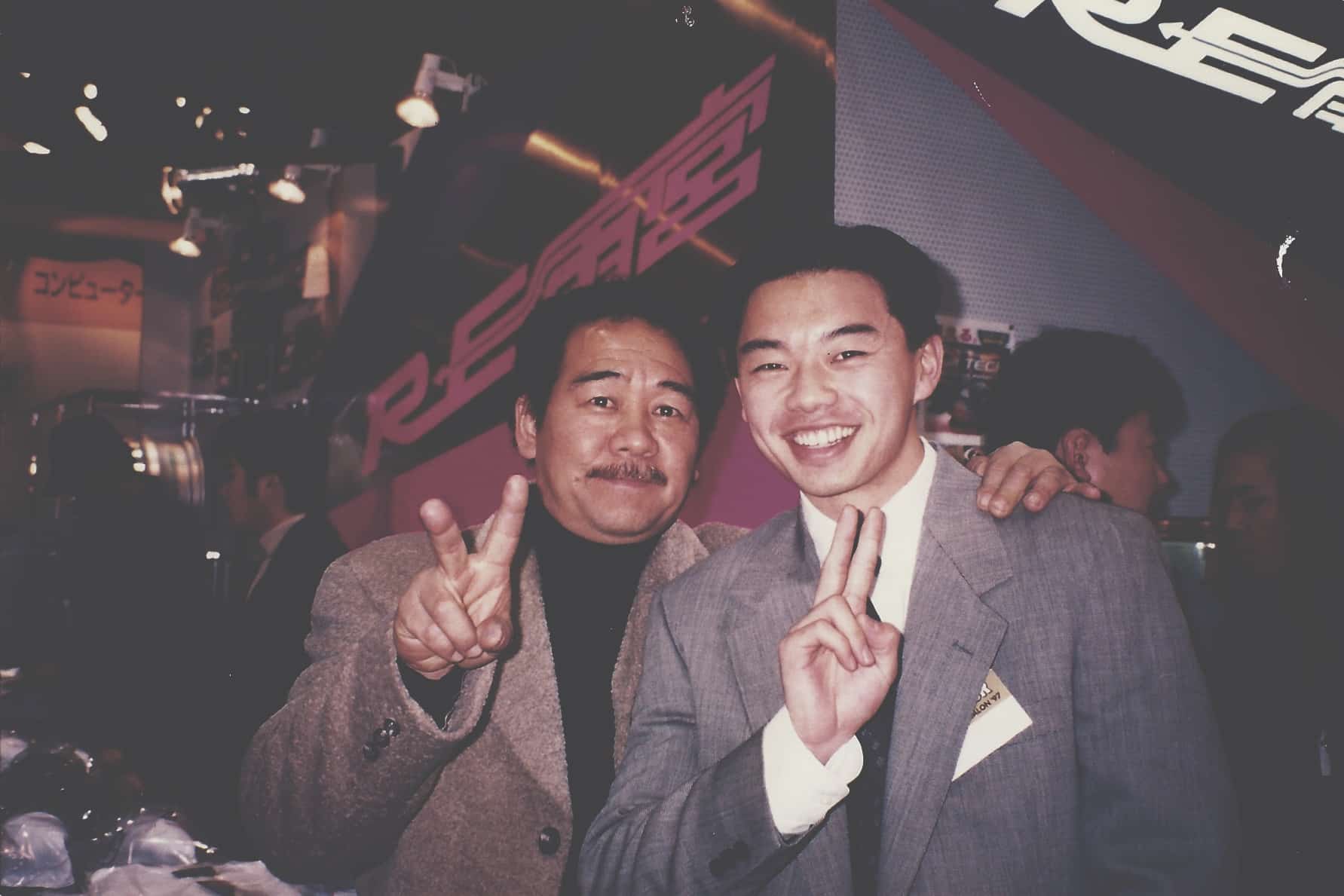
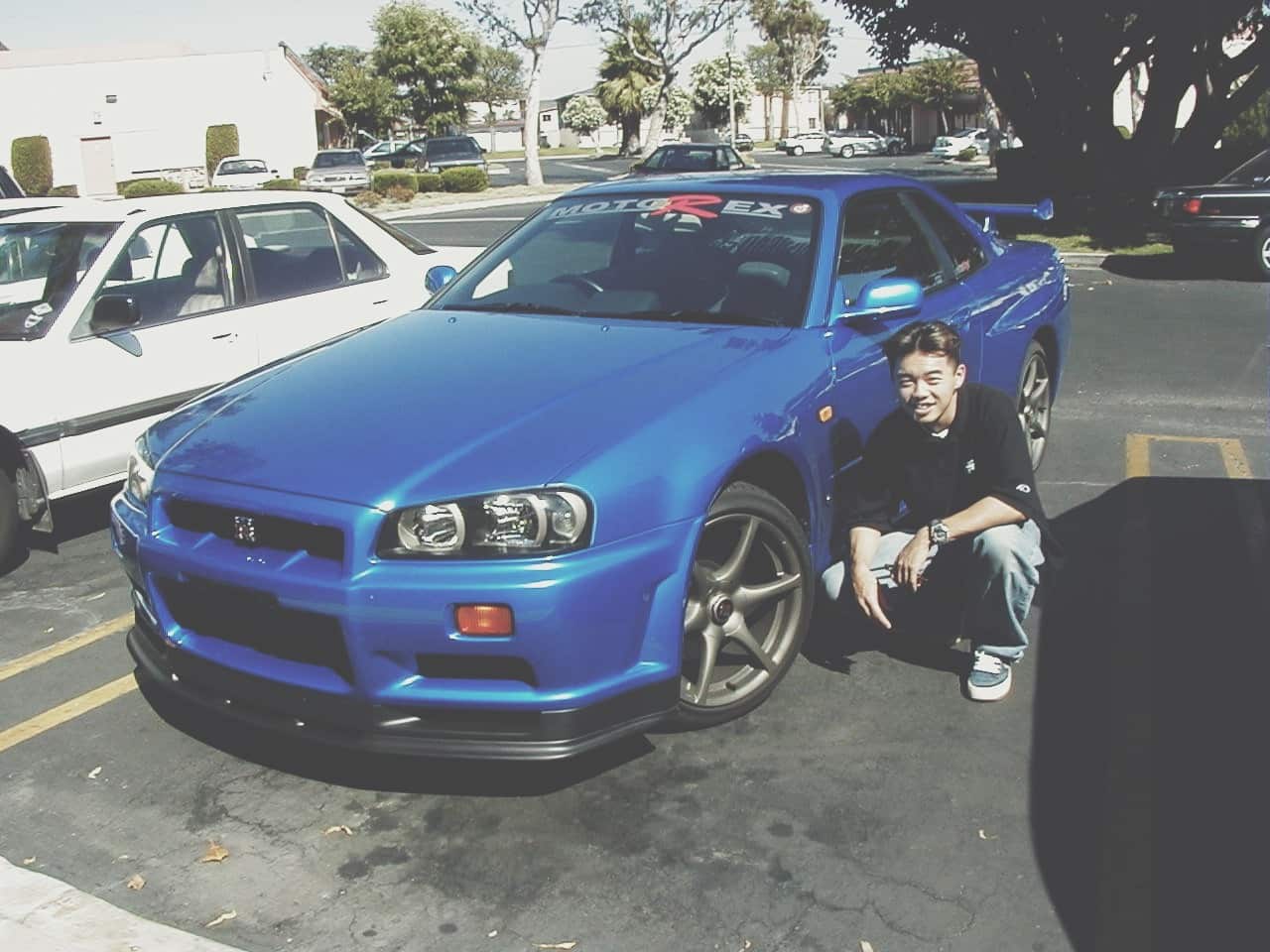
Stage 10 was originally founded as a video production company in February 2005.
However, its destiny has been intimately intertwined with the personal career of Toshi Hayama, so an explanation of his career is needed for a comprehensive understanding of Stage 10.
With an artistic, creative spirit ever since childhood, Toshi was driven to be a leader at an early age. The automobile gave him not only freedom of movement, but freedom of expression. With the love of automotive street culture, motorsports and the passion for entrepreneurialism, Toshi founded his first company, Apex Integration Inc. in 1996 in his living room.
Apex Integration was the the US division of Apex Co. Ltd., the aftermarket vehicle performance parts giant from Japan.Over the course of 10 years with the help of talented friends, he succeeded in growing the company into a multi-million dollar brand business. With the rise in popularity of Japanese modified cars and the JDM tuning enthusiast culture, Toshi was at the forefront of the movement using his bilingual skills to introduce the latest products, technologies and trends from Japan.
As business grew, Toshi began to bring over executives and engineers from Japan. It was his responsibility to take care of the Japanese staff 24/7 and make sure they could do their job. It was here where he would dial in his initial Japanese/ English technical vocabulary and business knowledge.
After the import drag racing boom plateaued in the US, and with the rise of drifting as a new popular sport, Apex again found themselves at the forefront with a championship team in the Japanese D1 Grand Prix Series.
Apex had already been involved in all forms of JDM motorsports including drag racing, and circuit racing. Therefore it was no surprise that drifting became a major part of the lives of Toshi and his team.
“JDM Insider/ D1 Grand Prix : Establishing the US Drift Movement”
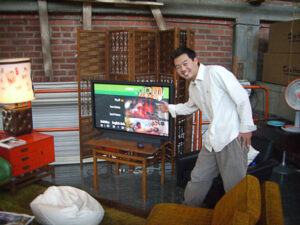
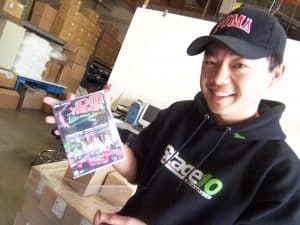
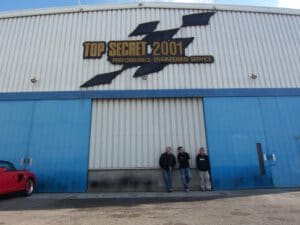
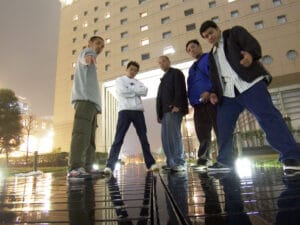
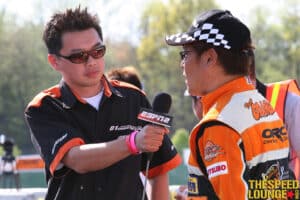
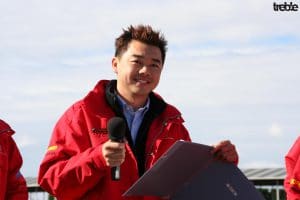


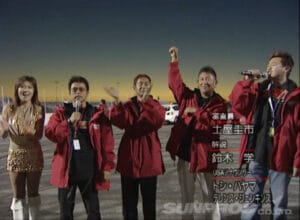
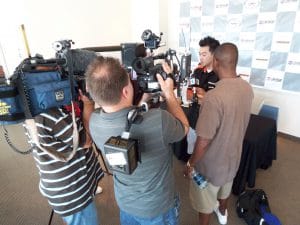
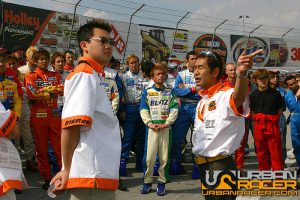
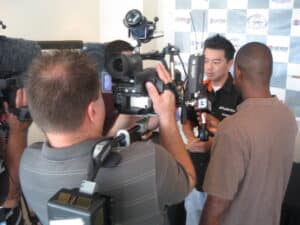
The JDM Insider video series was the first business project for Stage 10. JDM Insider followed Toshi and the crew into Japan to investigate and report on the world of drifting, as well as the Japanese tuning industry. With raw, unscripted edgy and never-before-seen footage of the true underground street drifting scene in Japan, JDM Insider was one of the first and most widely respected videos to open the world to authentic Japanese tuning.
Around that same time, Toshi, along with a few other manufacturers, decided to organize and participate in the first US drifting exhibitions which would eventually lead into the formation of the D1 Grand Prix USA events.
Still in its infancy, Toshi was asked to MC one of the events and also act as a translator for the drivers and crew. Since there was no PA or sound system available, Toshi used a bullhorn in the parking lot. This would eventually lead to Toshi becoming the official MC for the D1 Grand Prix, the largest global series for drifting at the time.
His bilingual skills and speed of real time interpreting would prove crucial in order to relay the authenticity and comments from the Japanese expert Tsuchiya “Drift King” Keiichi, Suzuki Manabu and Inada Daijiro, as well as the superstar drivers at the time.
Attendance of these events exploded from several hundred to over 25,000 people and with years of MC’ing live events for eight hours a day under his belt, his efforts caught the attention of the producers of the Fast and the Furious: Tokyo Drift.
“The Fast and Furious 3 : Tokyo Drift, Fast and Furious 4: Going Hollywood”
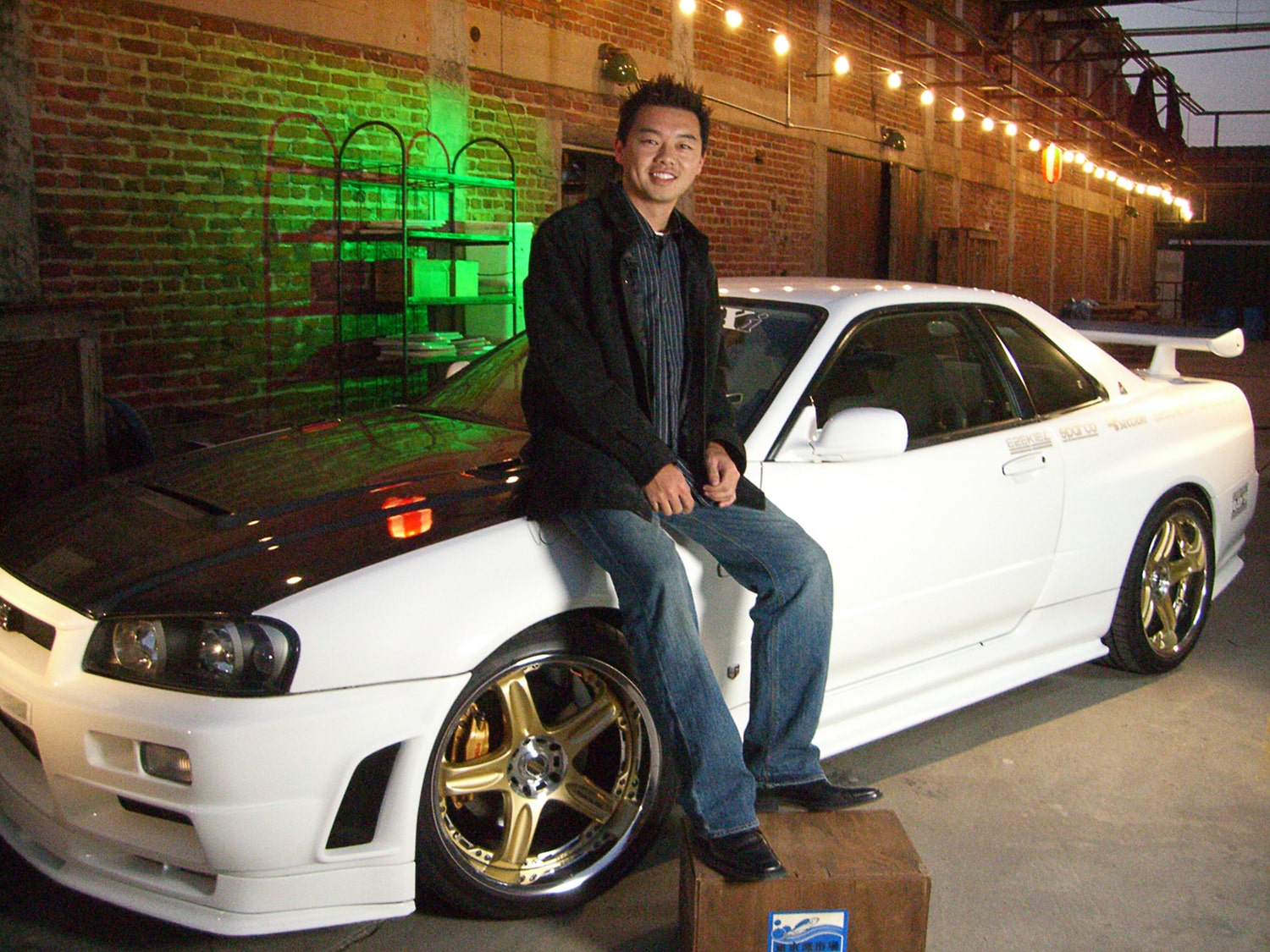
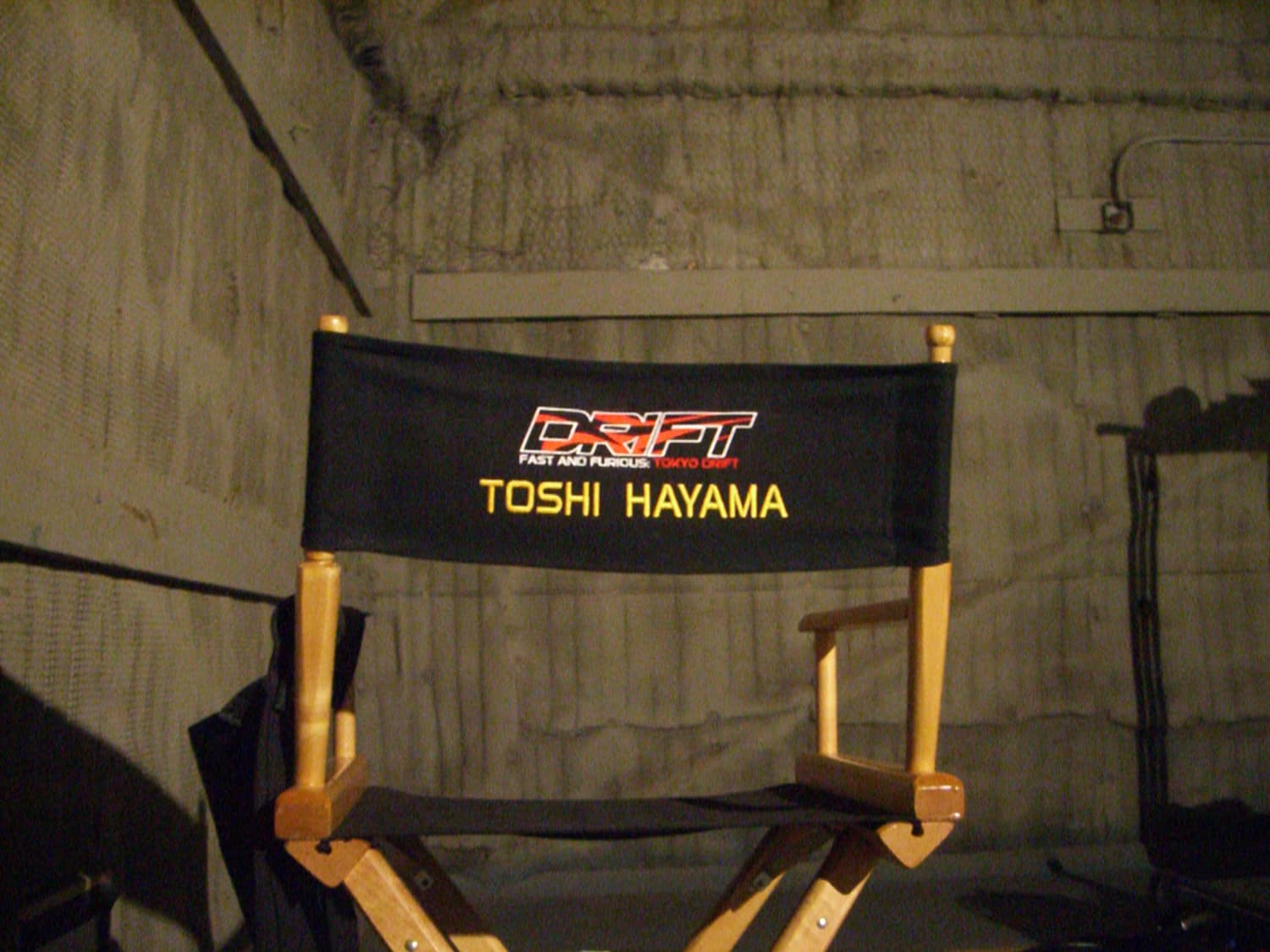
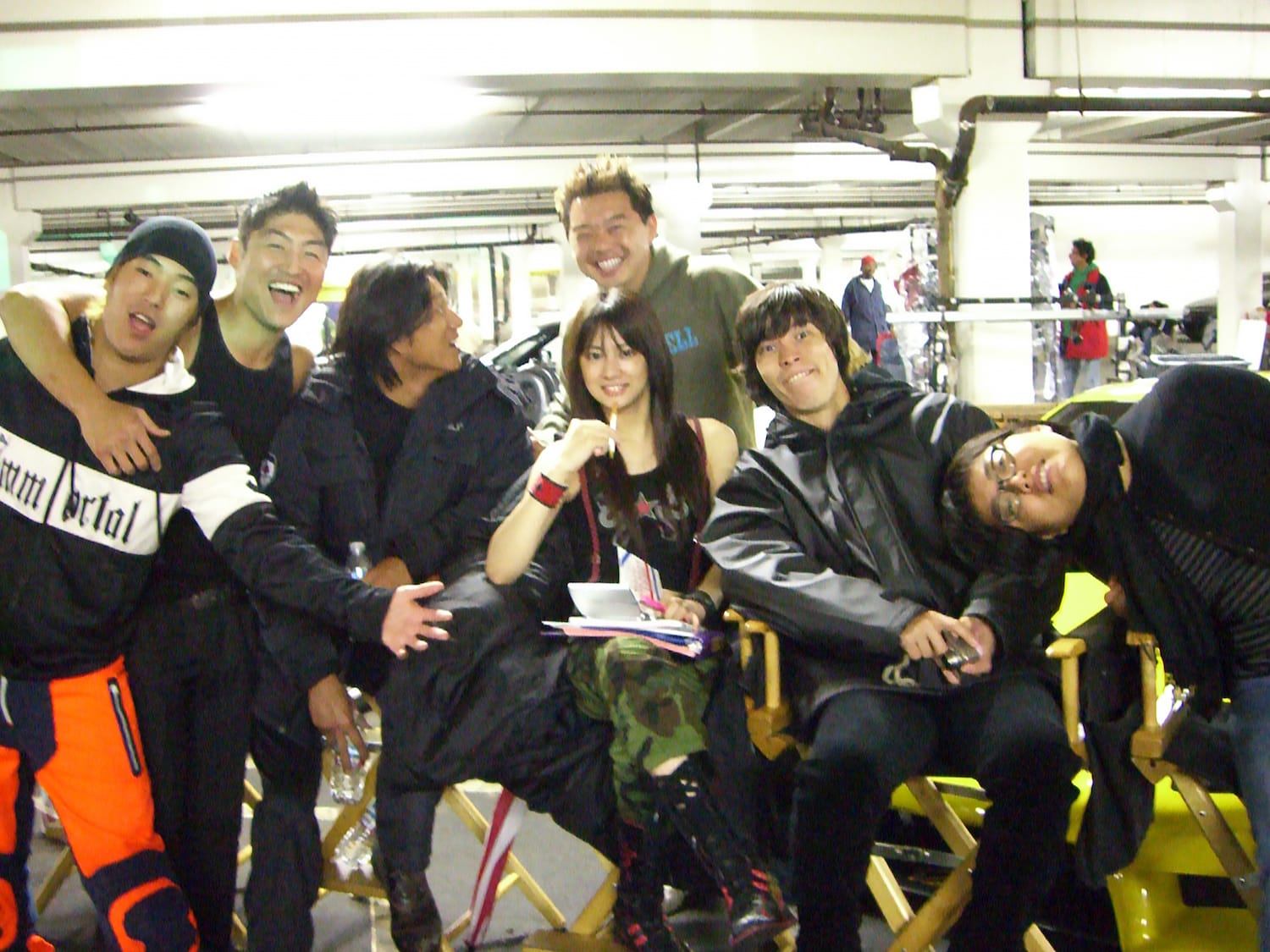
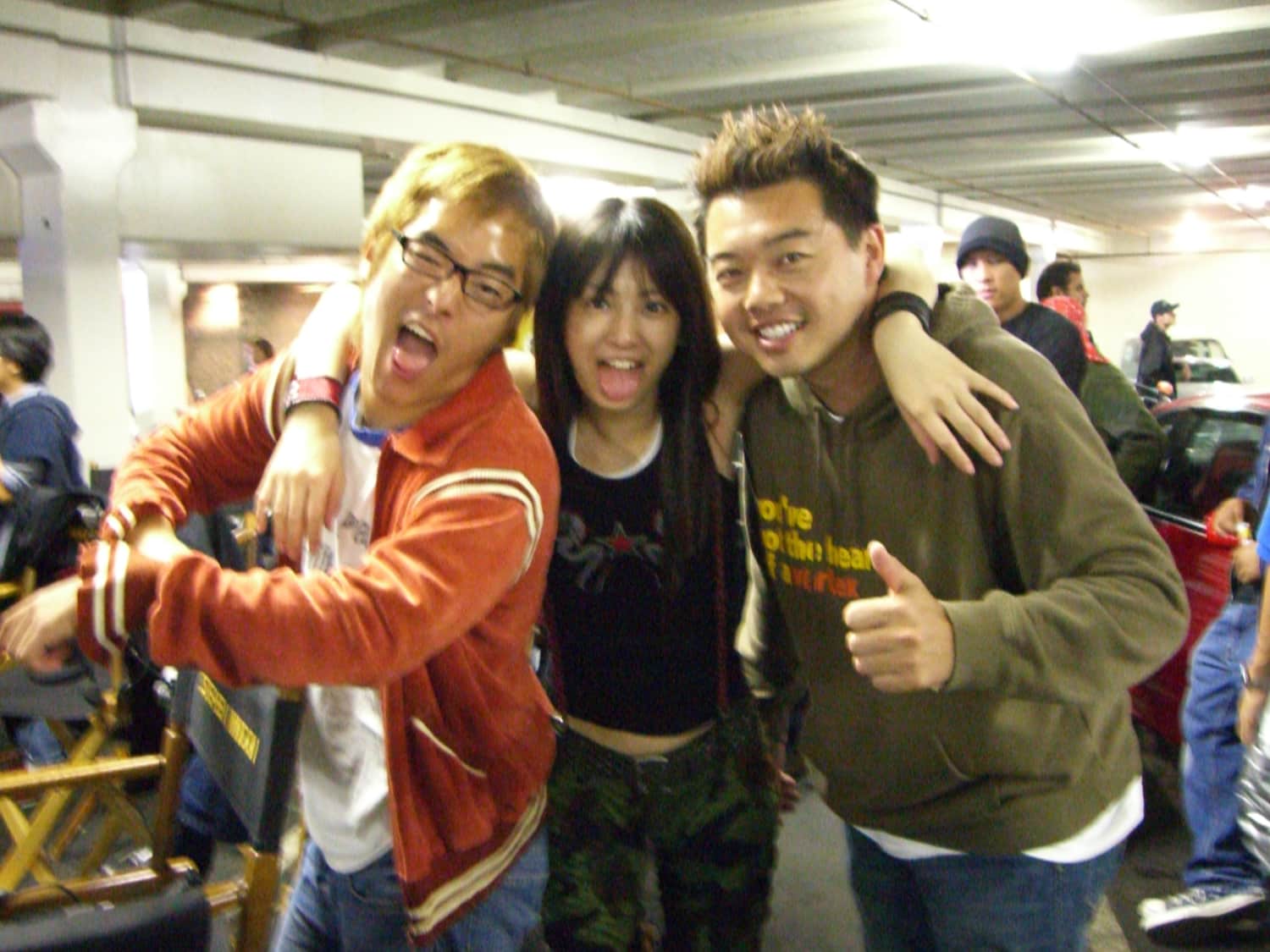
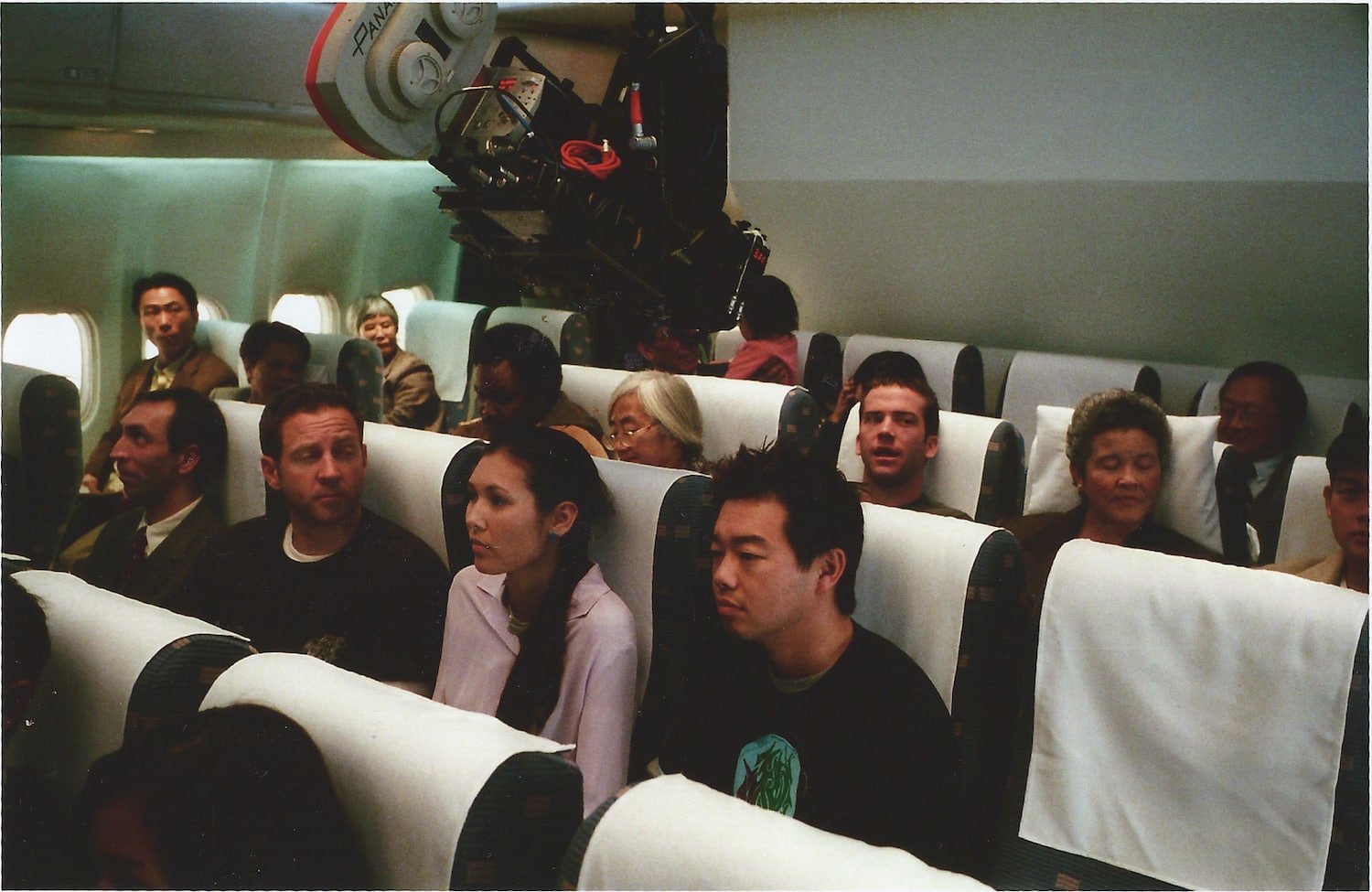
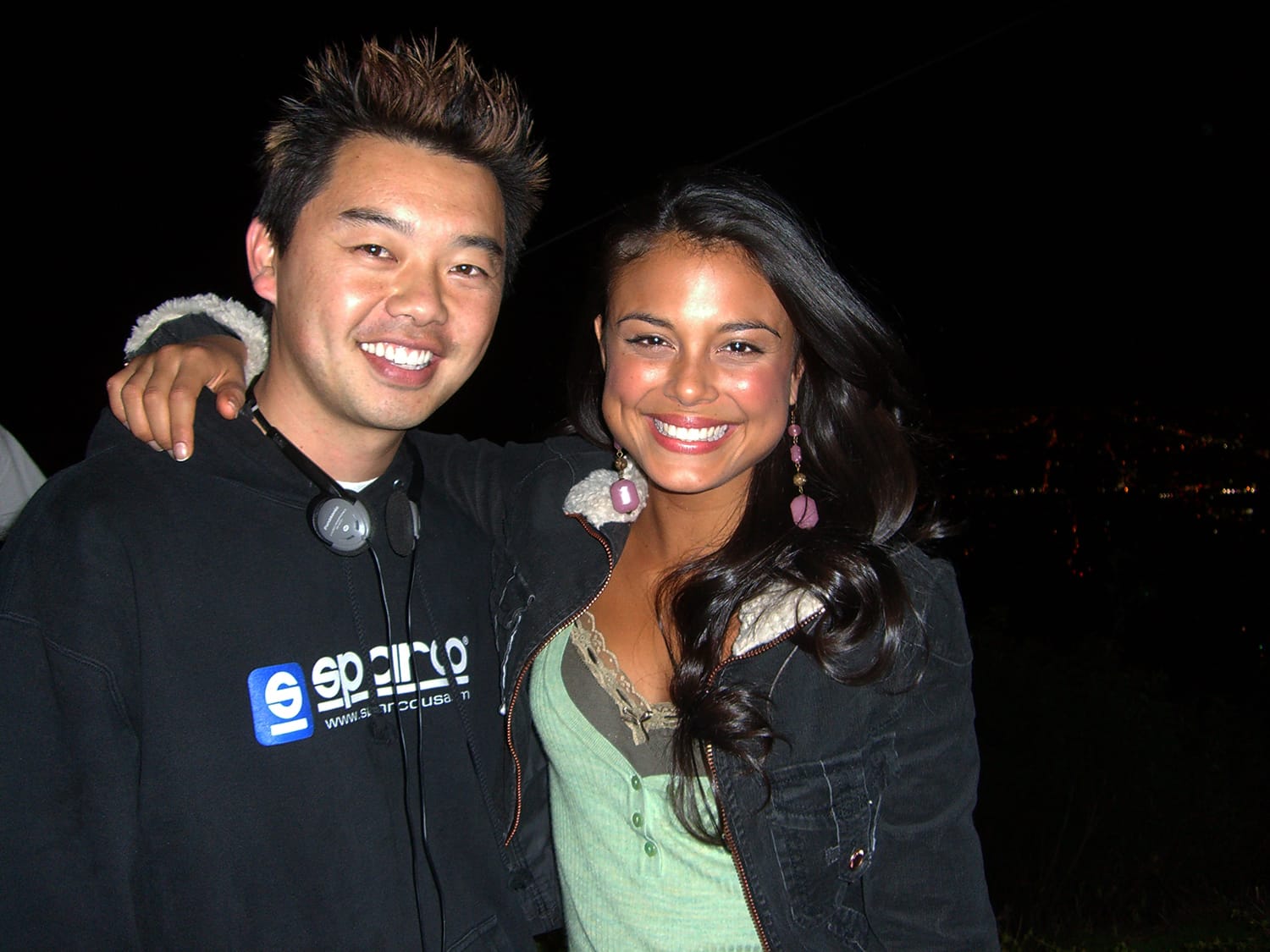
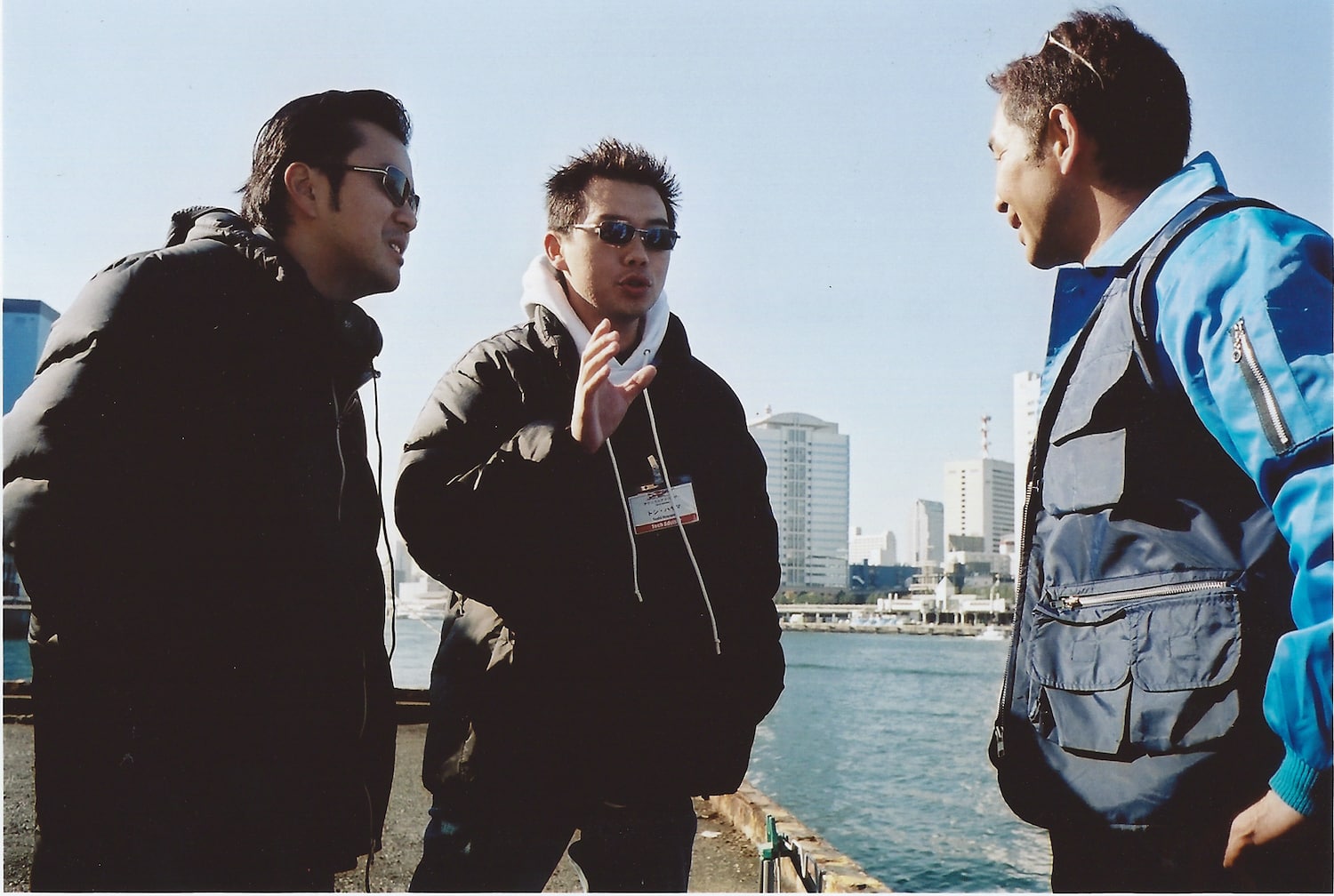
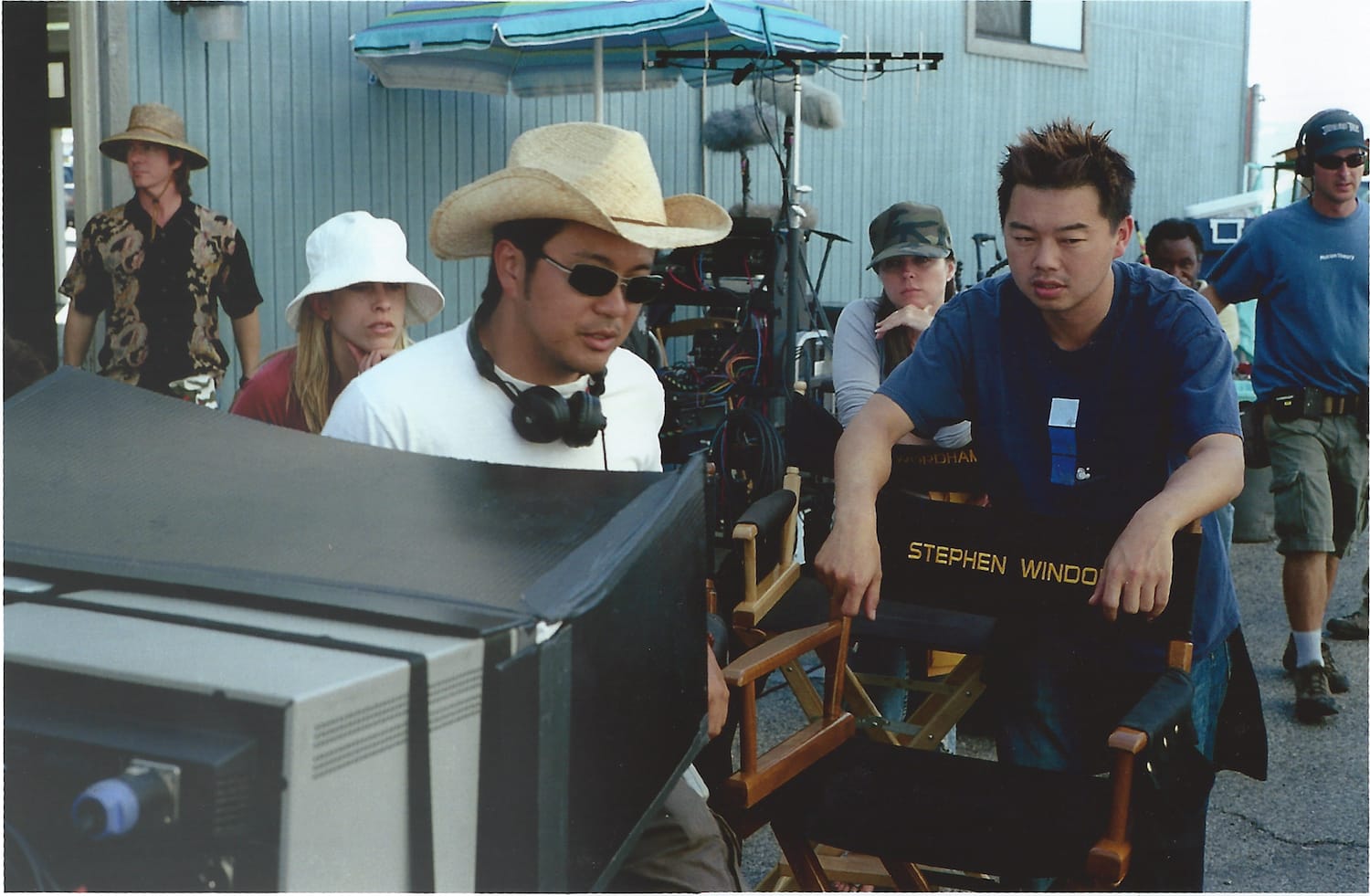
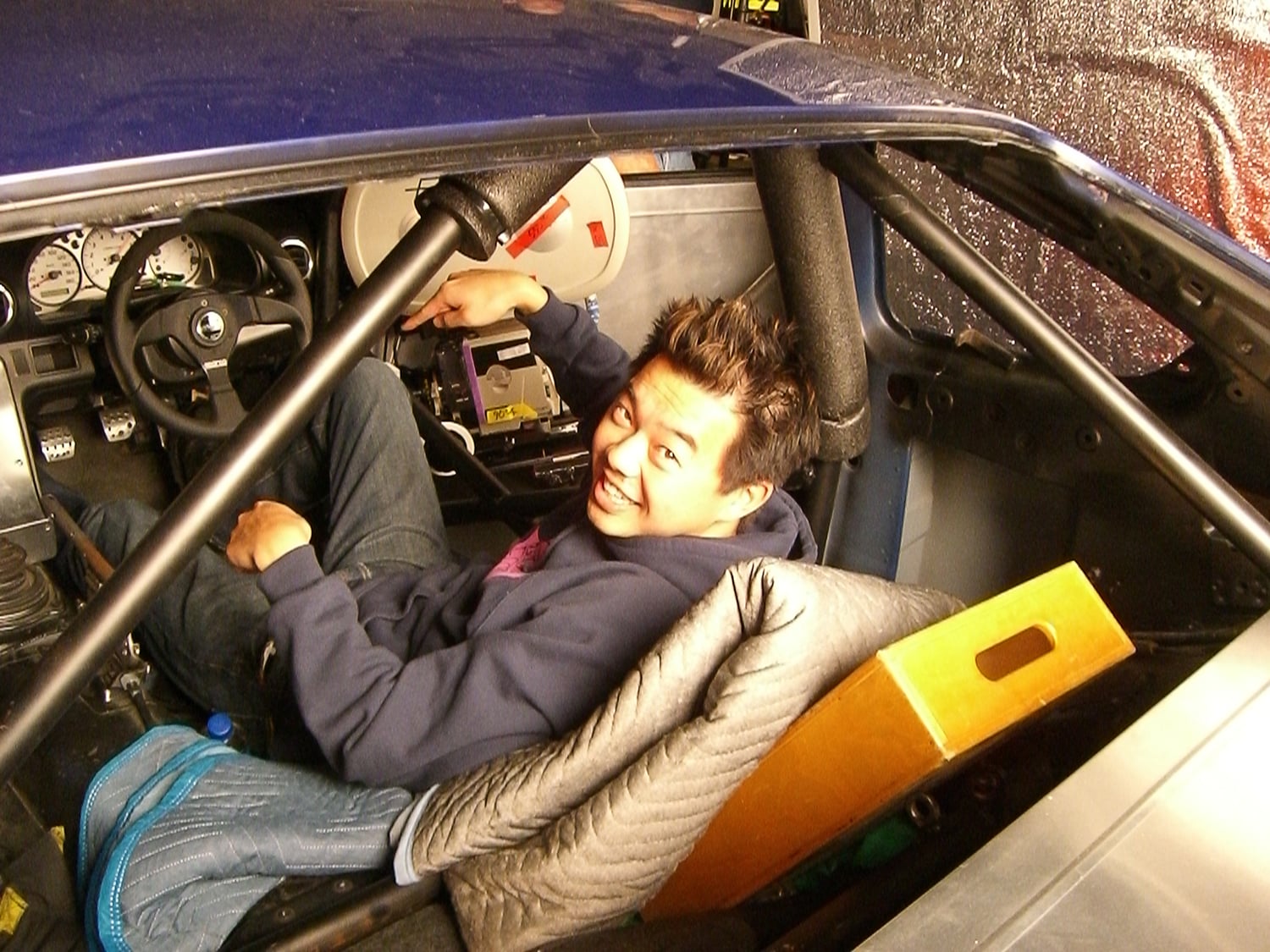
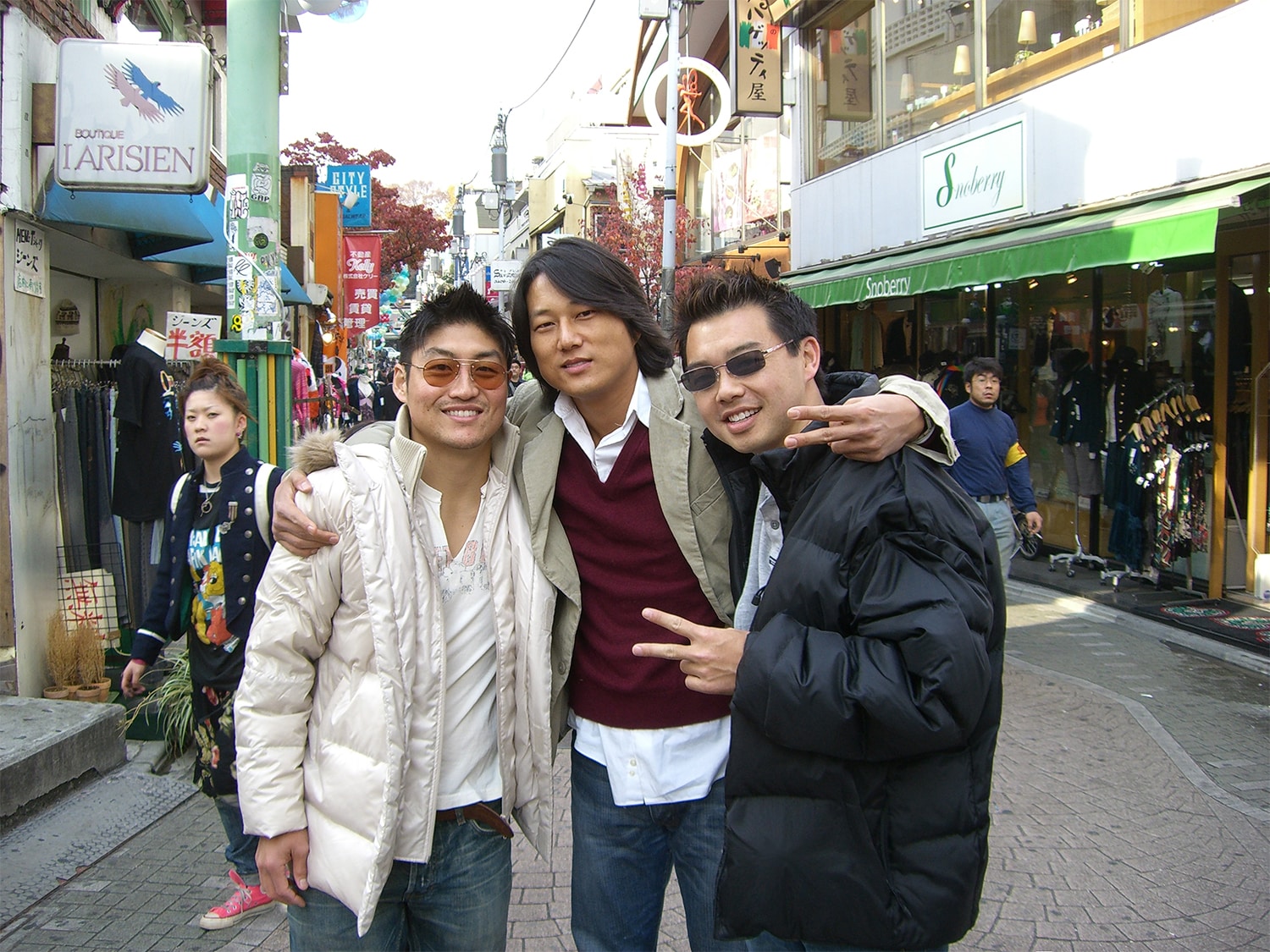
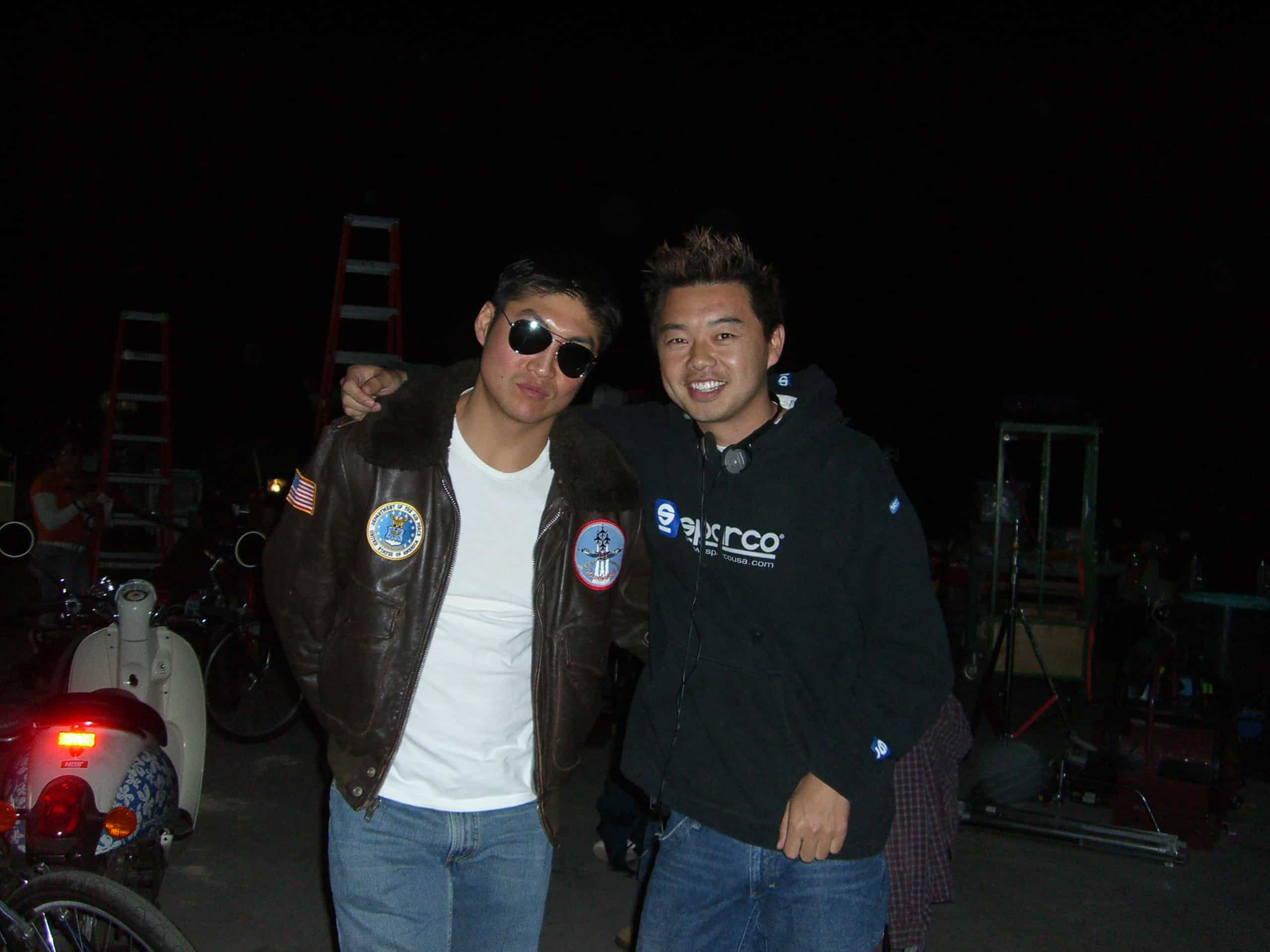
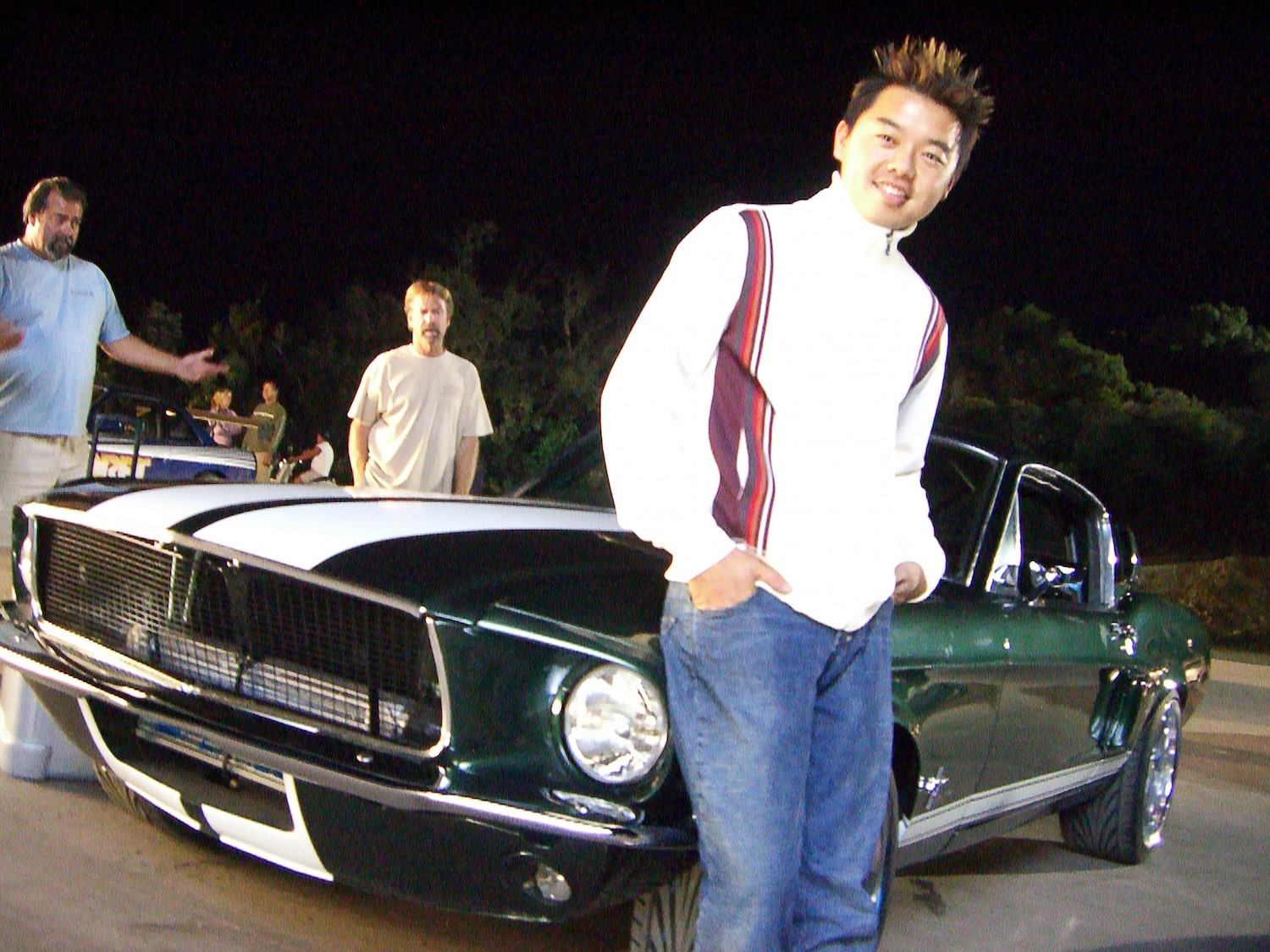
Through a network of connections both personal and business, Toshi landed the job of Technical Advisor for Fast and Furious 3: Tokyo Drift (2006) and Fast and Furious 4 (2009) working closely with director Justin Lin to provide guidance and consultation for accuracy during the movie. This included setting up stunt sequences, technical accuracy of vehicle movement, driving technique and even acting as the foot double for driving pedal sequence scenes.
Here, Toshi absorbed the Hollywood movie making process and used his new found network to further the media side of Stage 10. Having an intimate understanding of movie production and working with the most talented people in industry gave him confidence to further pursue his own ideas and creative expressions.
“Japanese Fashion Industry: Starting all over”

After completing his whirlwind time with the movies, Toshi fulfilled a lifelong promise with his grandfather and gave up everything to move to Tokyo and start fresh in his family business.
Working as a newbie in the denim business would prove to be the most difficult and humbling experience in his life. Toshi started off in Tokyo’s high-end fashion department as an inexperienced salesman for women’s belts . With no knowledge of the inner workings of women’s fashion, Tokyo’s fashion boutiques, or denim culture, he would spend the next four years starting from the bottom learning, observing, absorbing how this fast paced, completely foreign industry operated.
This difficult, yet challenging experience would hone his sense of fashion, style and branding… as well as his humility. It was not easy going from top to bottom.
Unlike automotive brands that cherished long-term growth and evolution, fashion brands were quick, highly subjective, and always changing. They were the exact opposite of what he had taken for granted in the performance industry.Those four years would prove to be invaluable for his creative process and movement into new industries.
Most importantly however, he learned what it felt like to work in an industry that was not his passion.
“The Rise to Creative Designer”


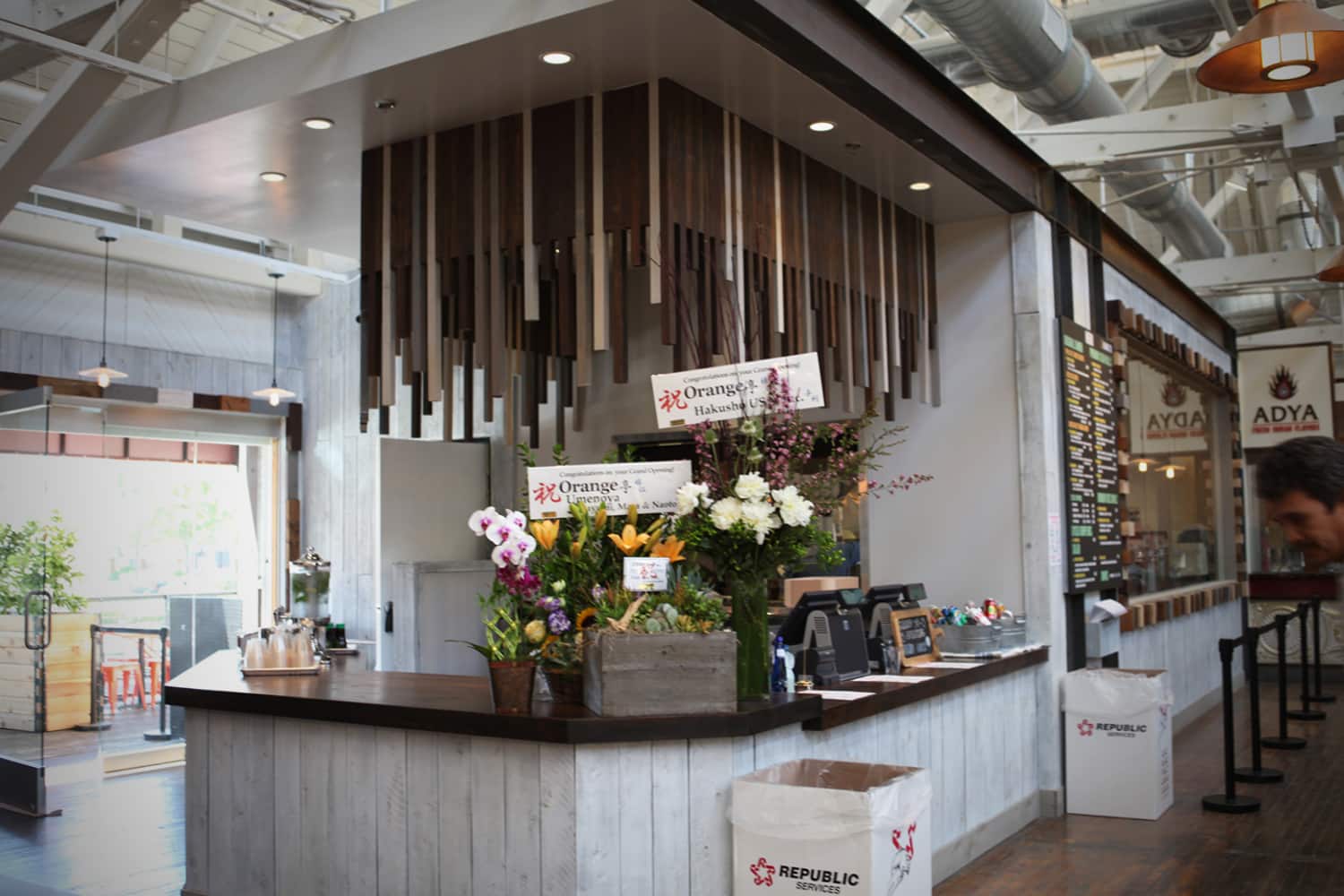

Despite tremendous backlash and logistical issues, Toshi decided to follow his heart and returned to the automotive/marketing business in 2007.
The Lehman Brothers financial shock and resulting 3/11 earthquake disaster in Japan also influenced his final decision.
This is where Toshi faced a critical junction in his career.
Toshi strongly believed that a strong brand was necessary to be relevant in the automotive industry. Without any backing from major corporations, and not being a driver nor engineer, Toshi found himself helpless in the industry he once helped to grow.
His return to the automotive industry would need to be calculated, and proved to be very difficult.
Over the course of 7-8 years with the help of old friends, Toshi gradually rebuilt the business from scratch.
Using the various skills he learned over the years, his efforts began to pay off and he was able to launch and support several small brands in the automotive, restaurant, and home interior industry.
Every project added a new dimension of knowledge and experience which would then be applied to the next project. It was a win-win situation and momentum began to grow.
It was at this time that Toshi helped launch the NexxaCore flooring brand, which set a fresh, new industry standard for branding.
“World Time Attack Challenge: Back in the Spotlight”

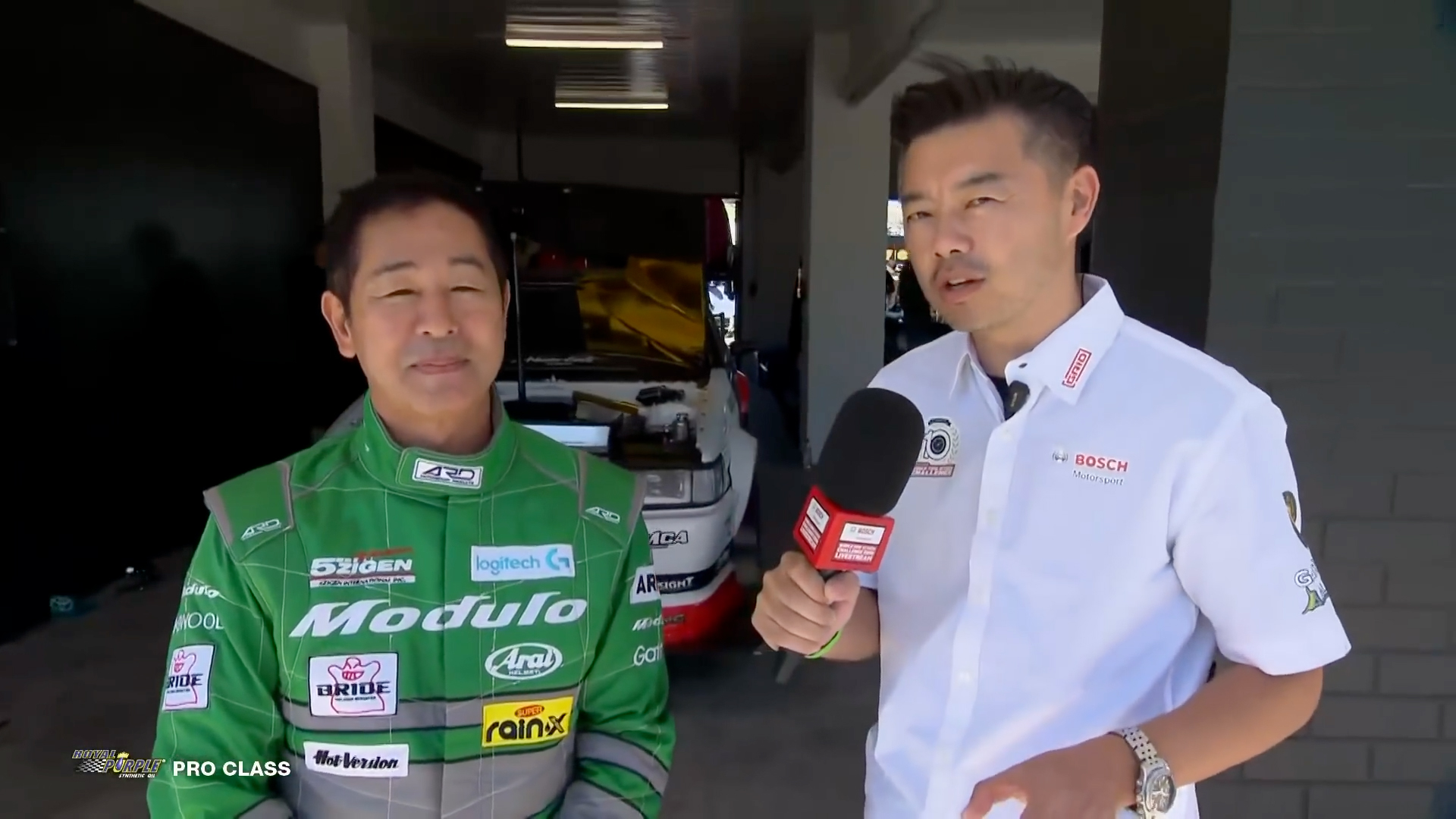


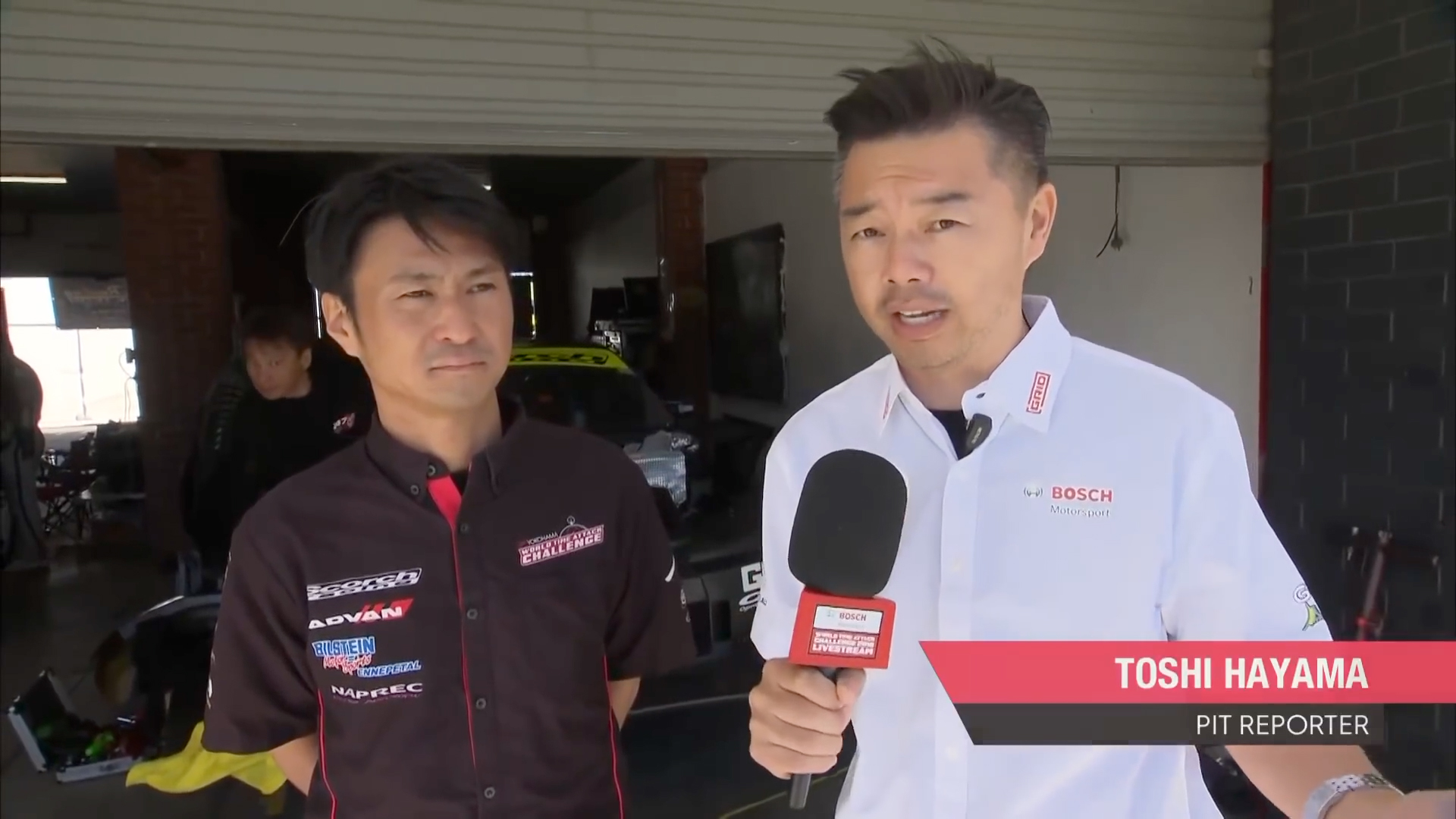

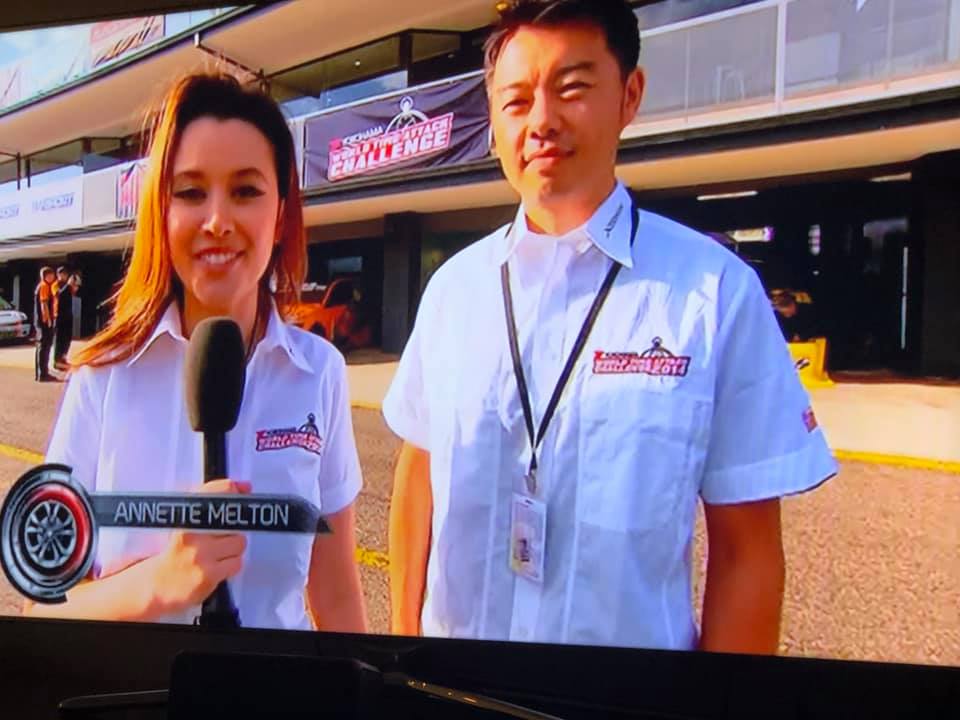
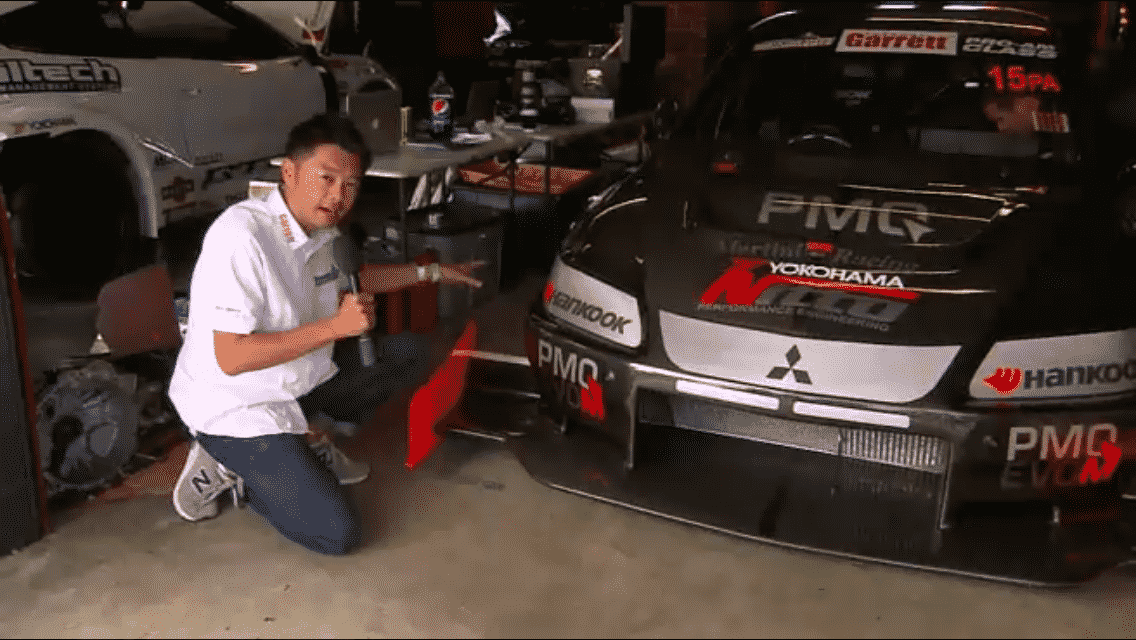
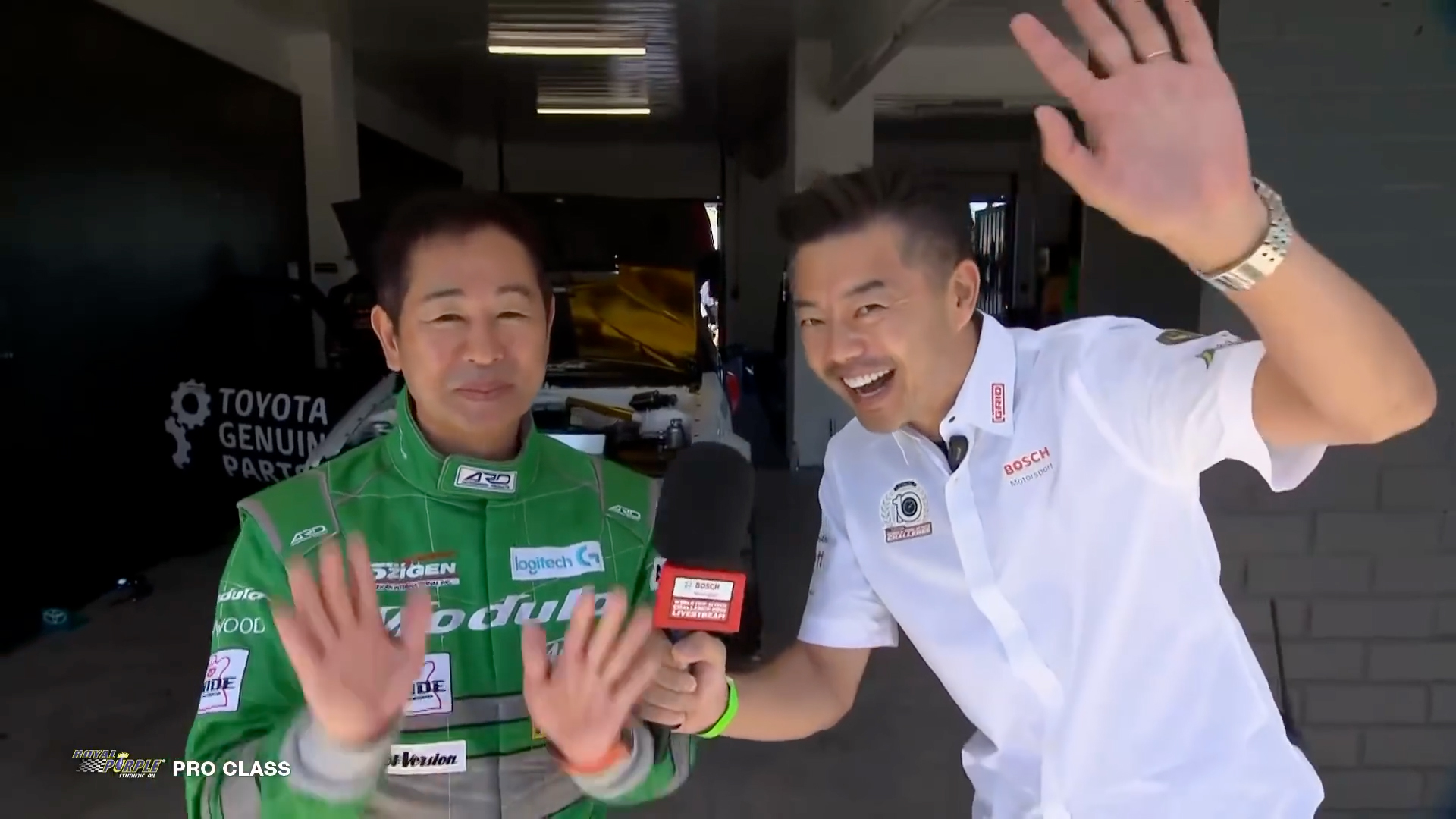
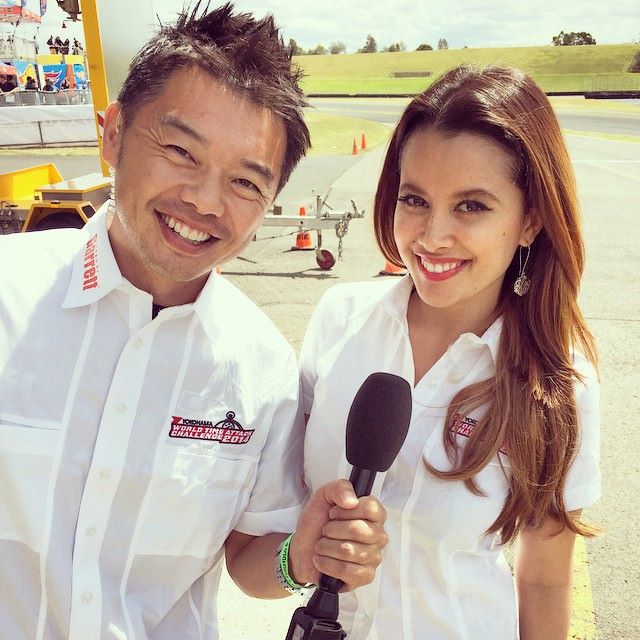
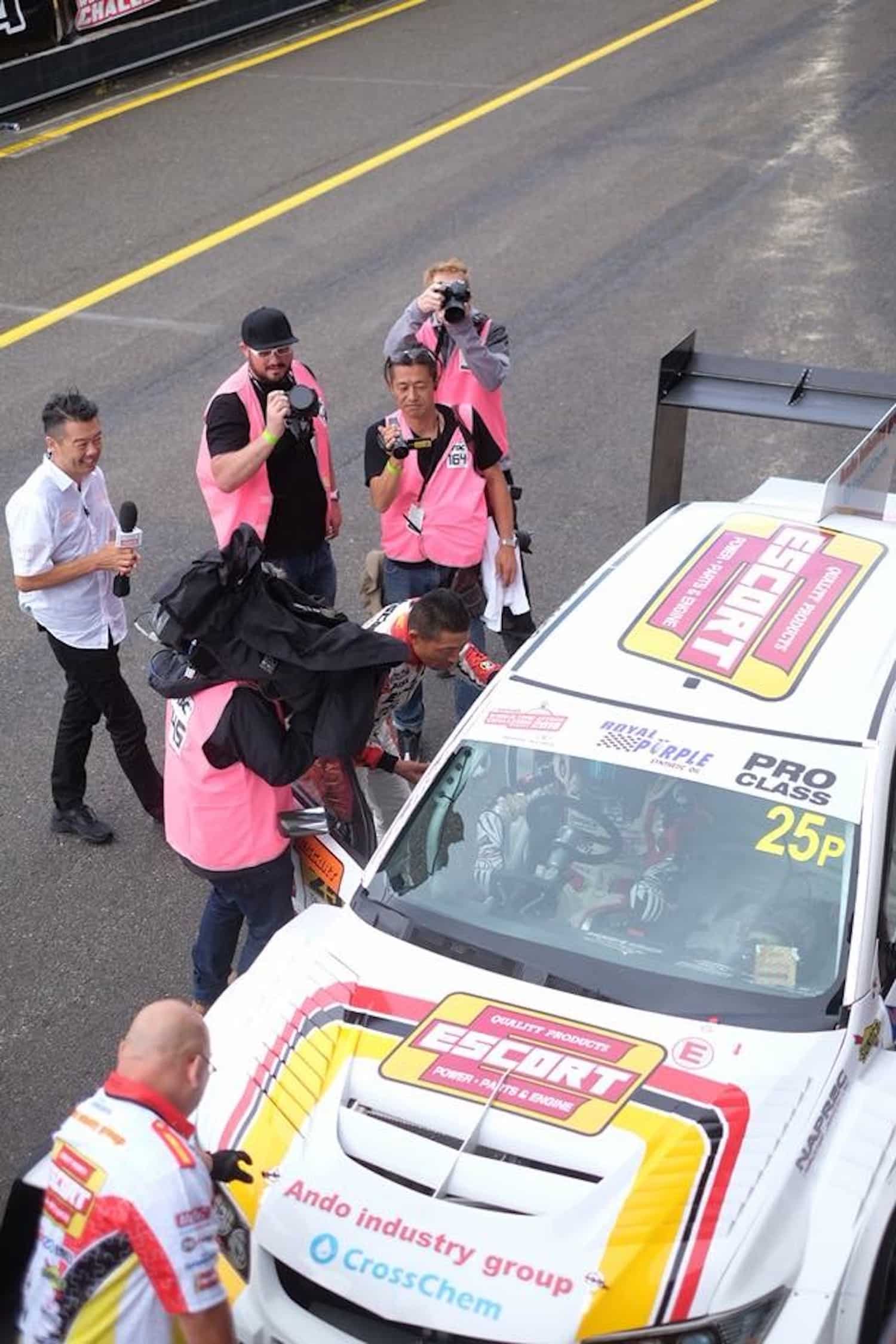
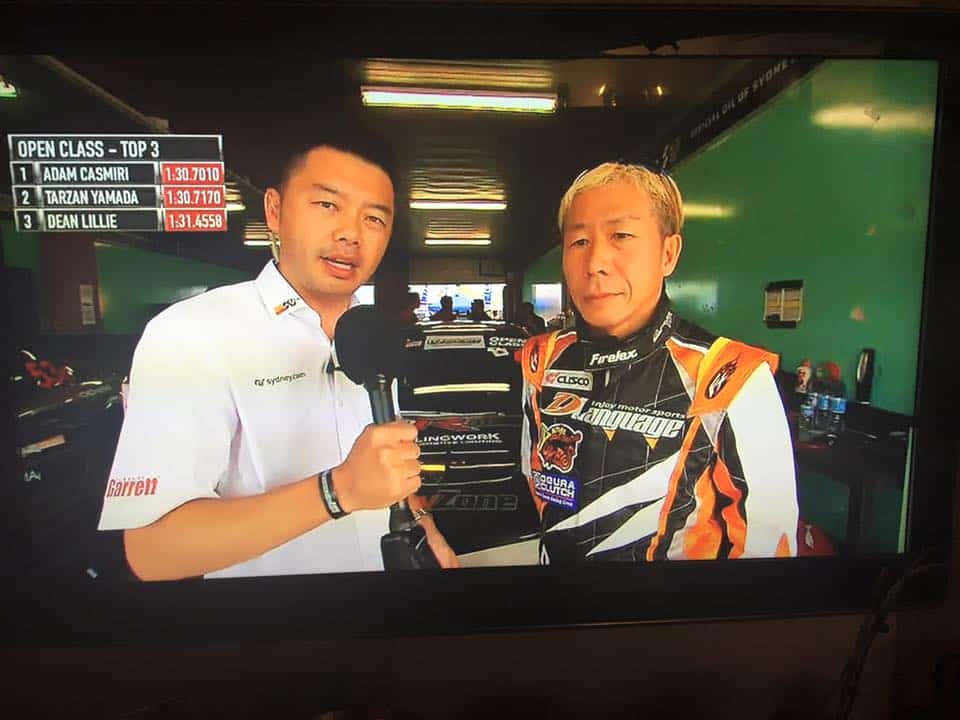
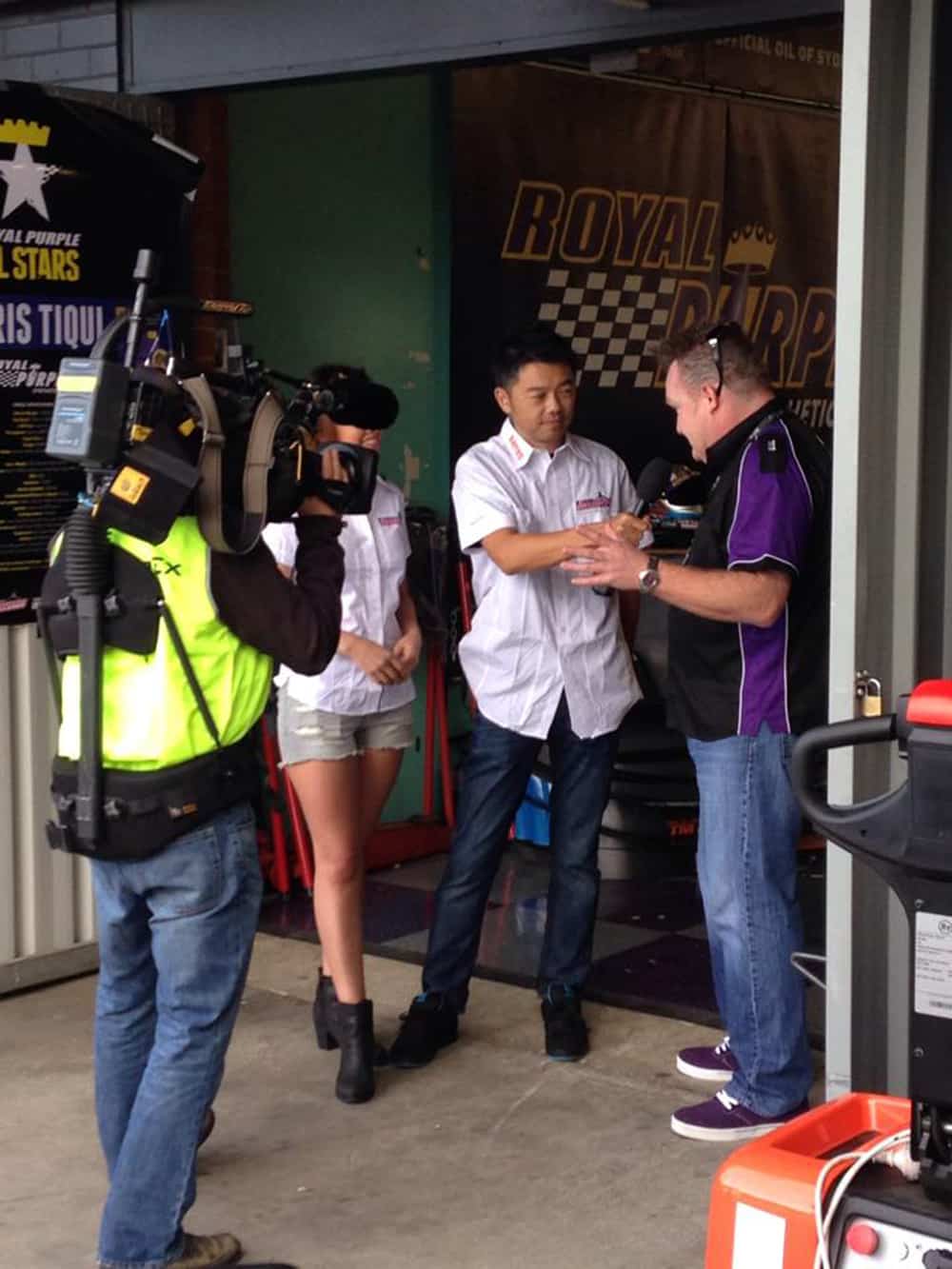
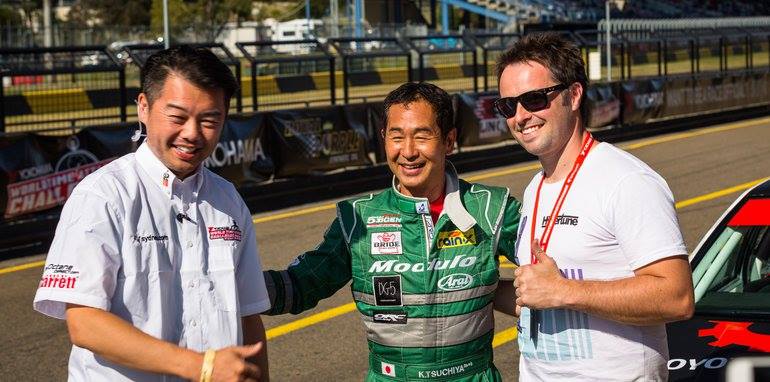
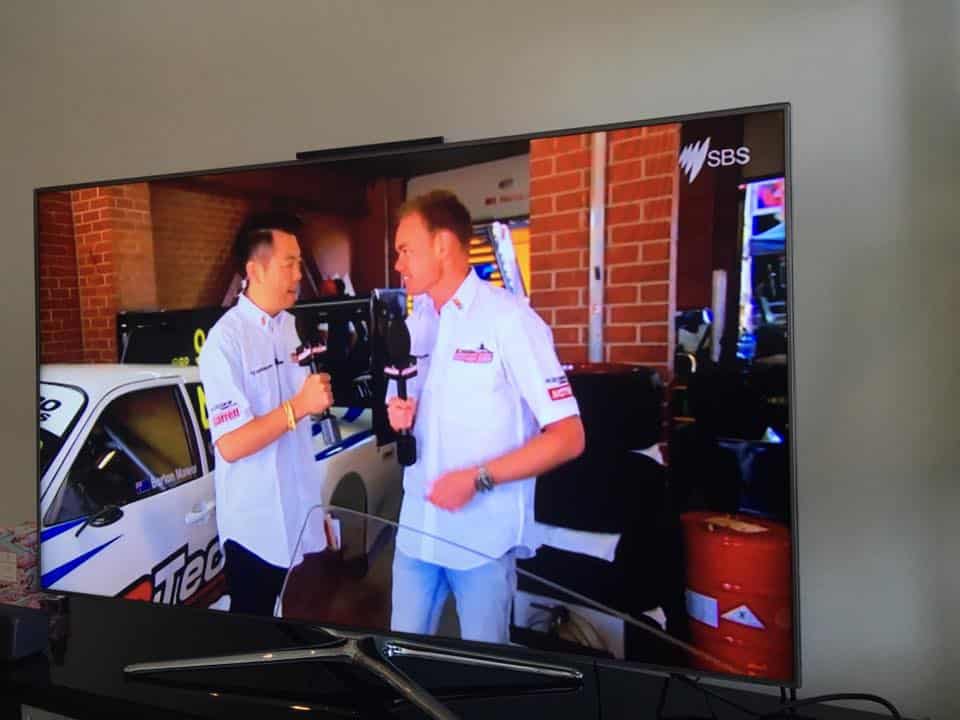
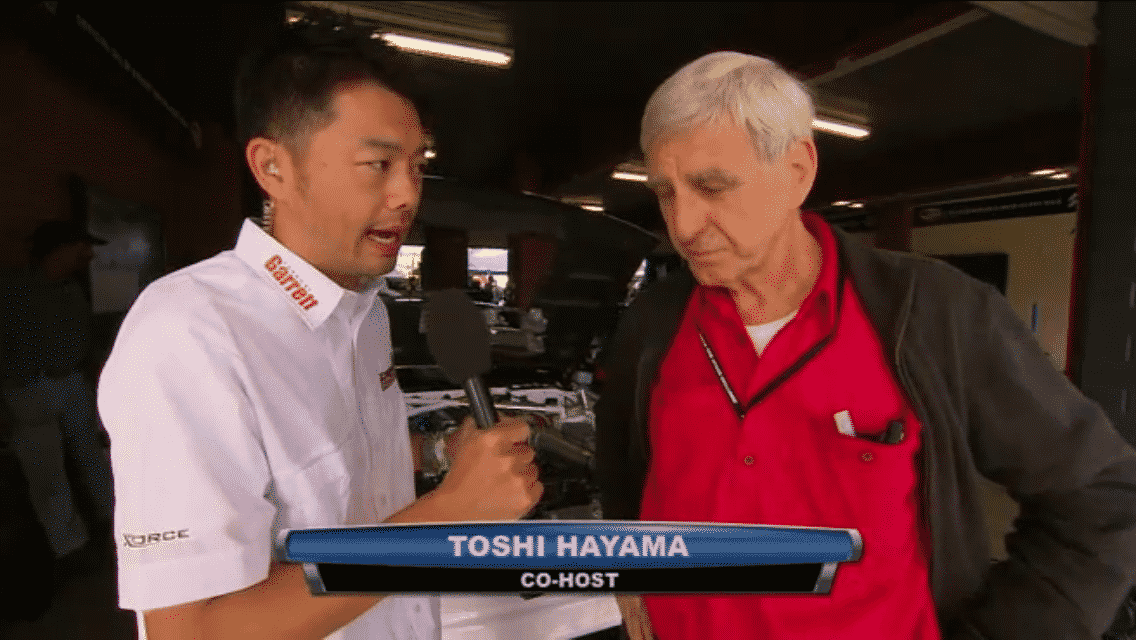
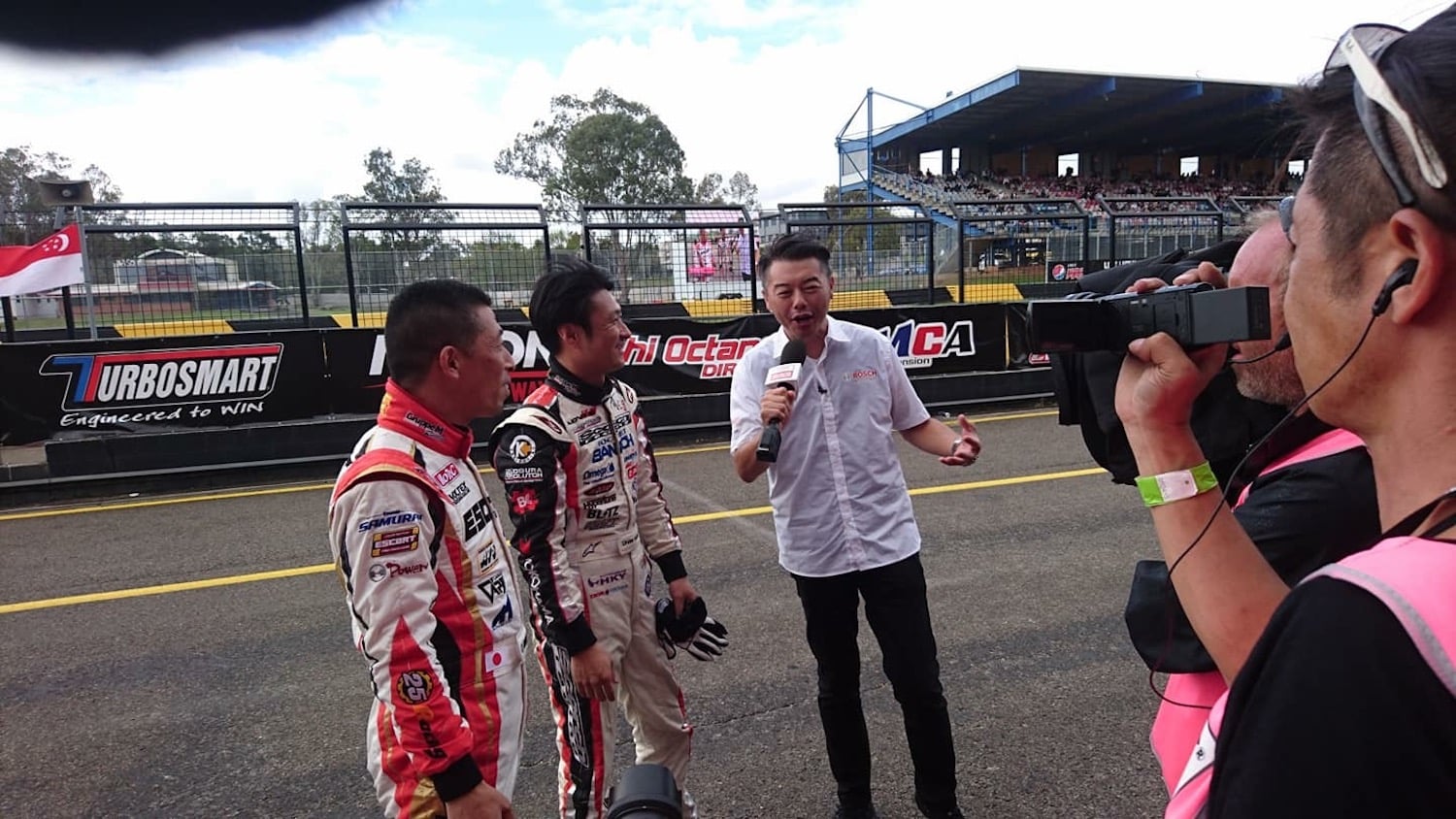
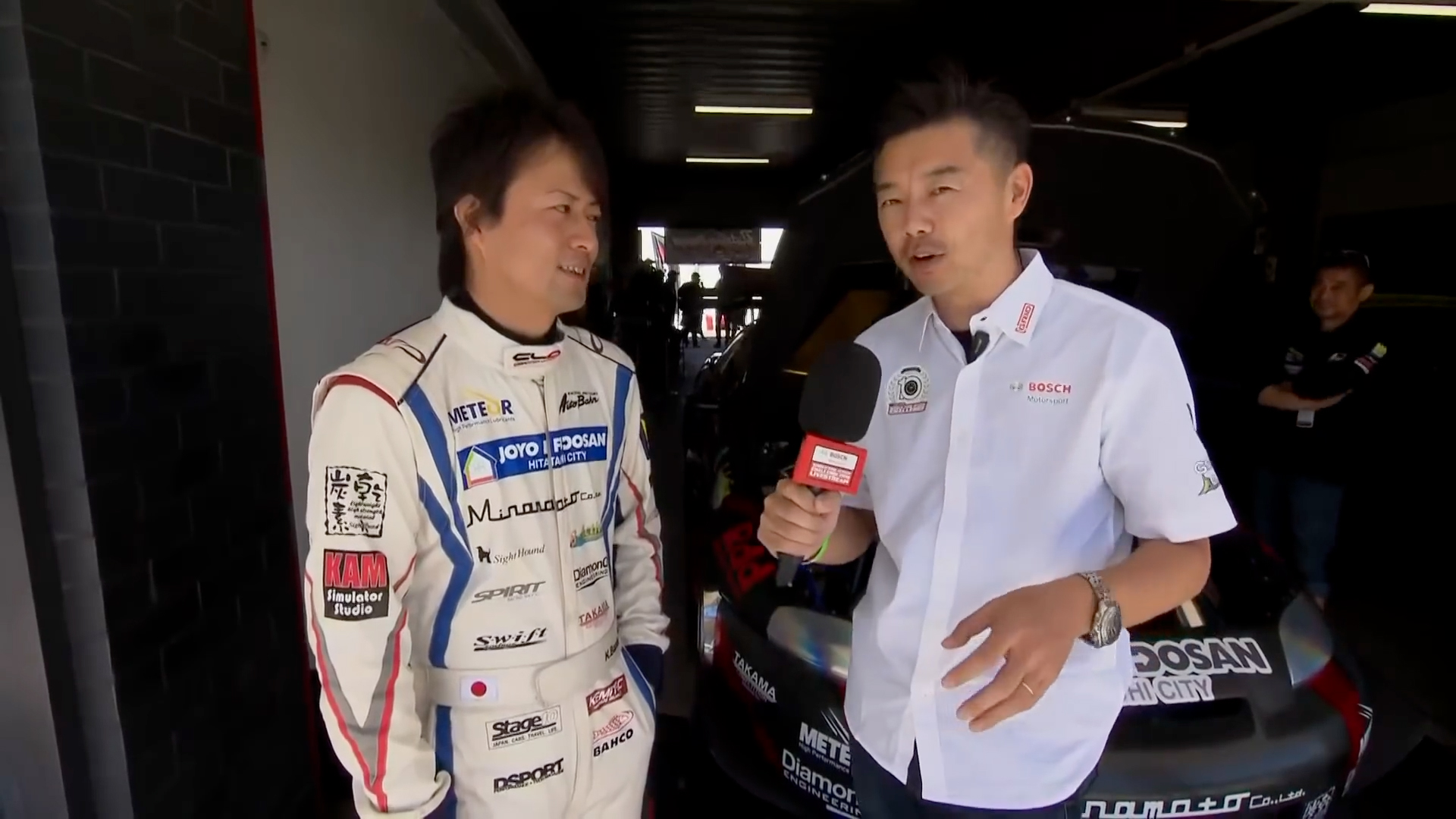
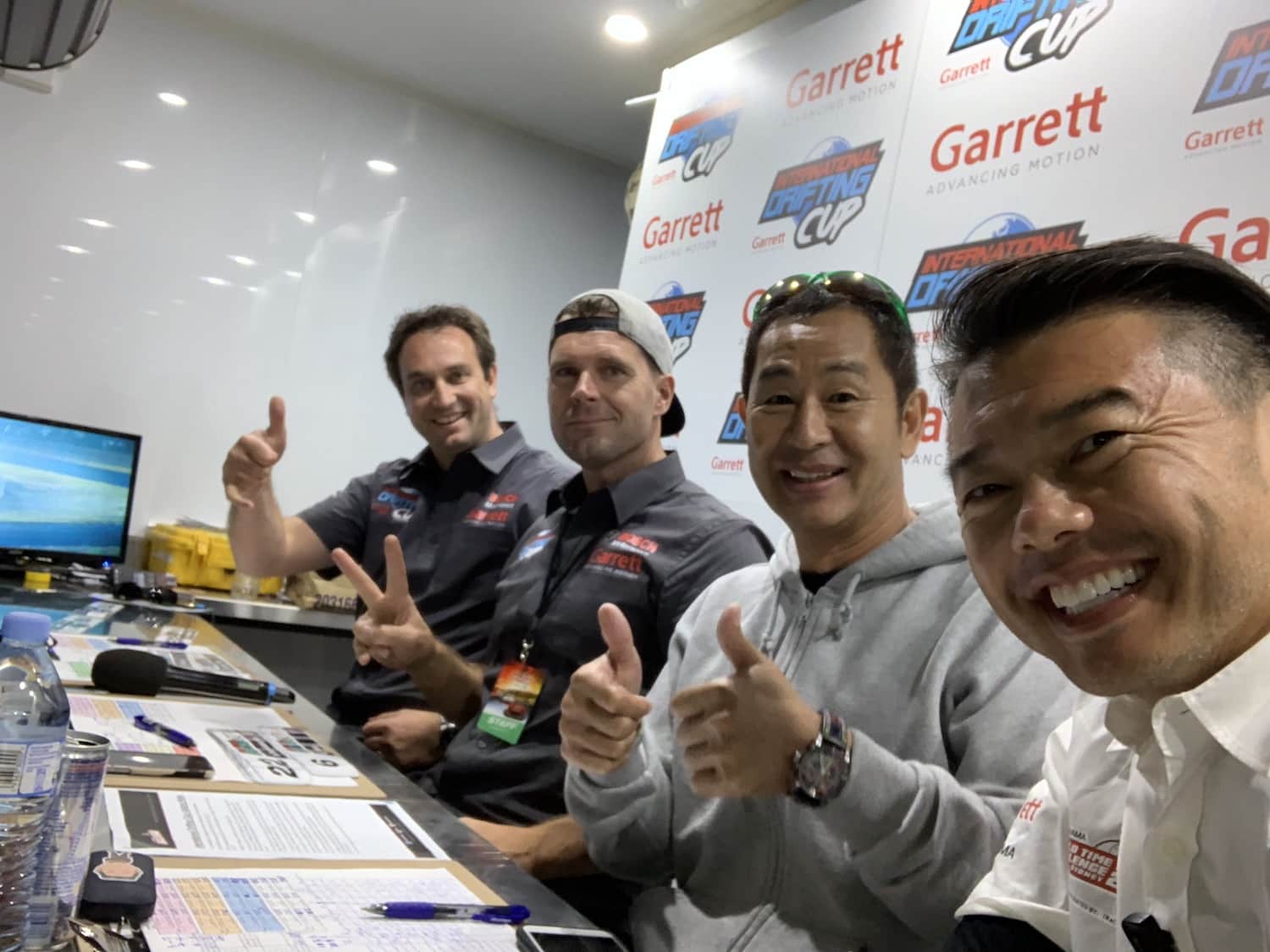
2014 would mark Toshi’s return as an MC/ host at the World Time Attack Challenge event in Australia. Toshi was one of the original livestream cast and helped bridge the gap between the Japanese drivers/teams and the global English speaking audience. The event has grown into a nationally recognized sporting event with over 20,000 people in attendance and millions of viewers online.
“Lexus and Toyota: From Aftermarket to OEM”

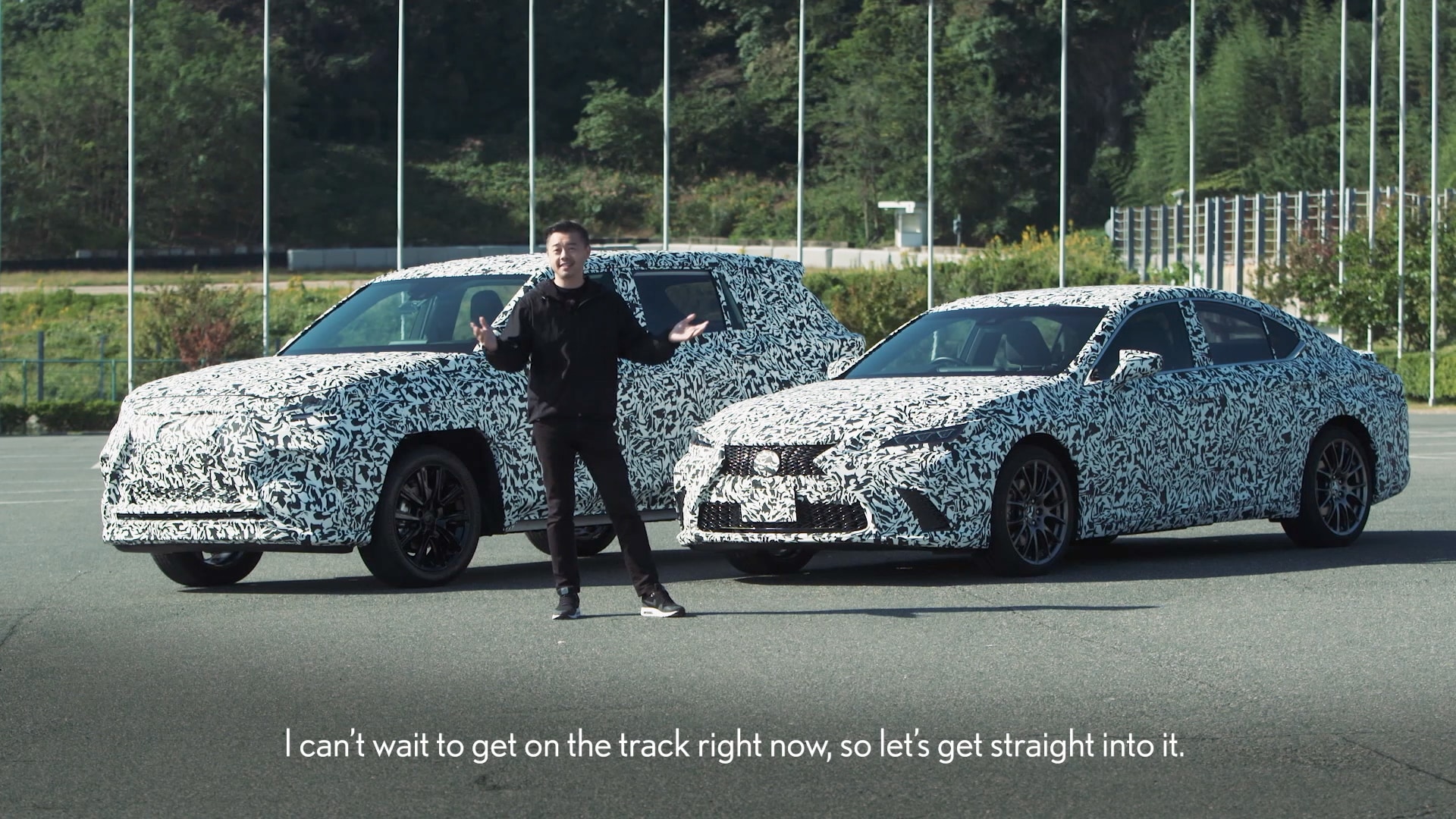


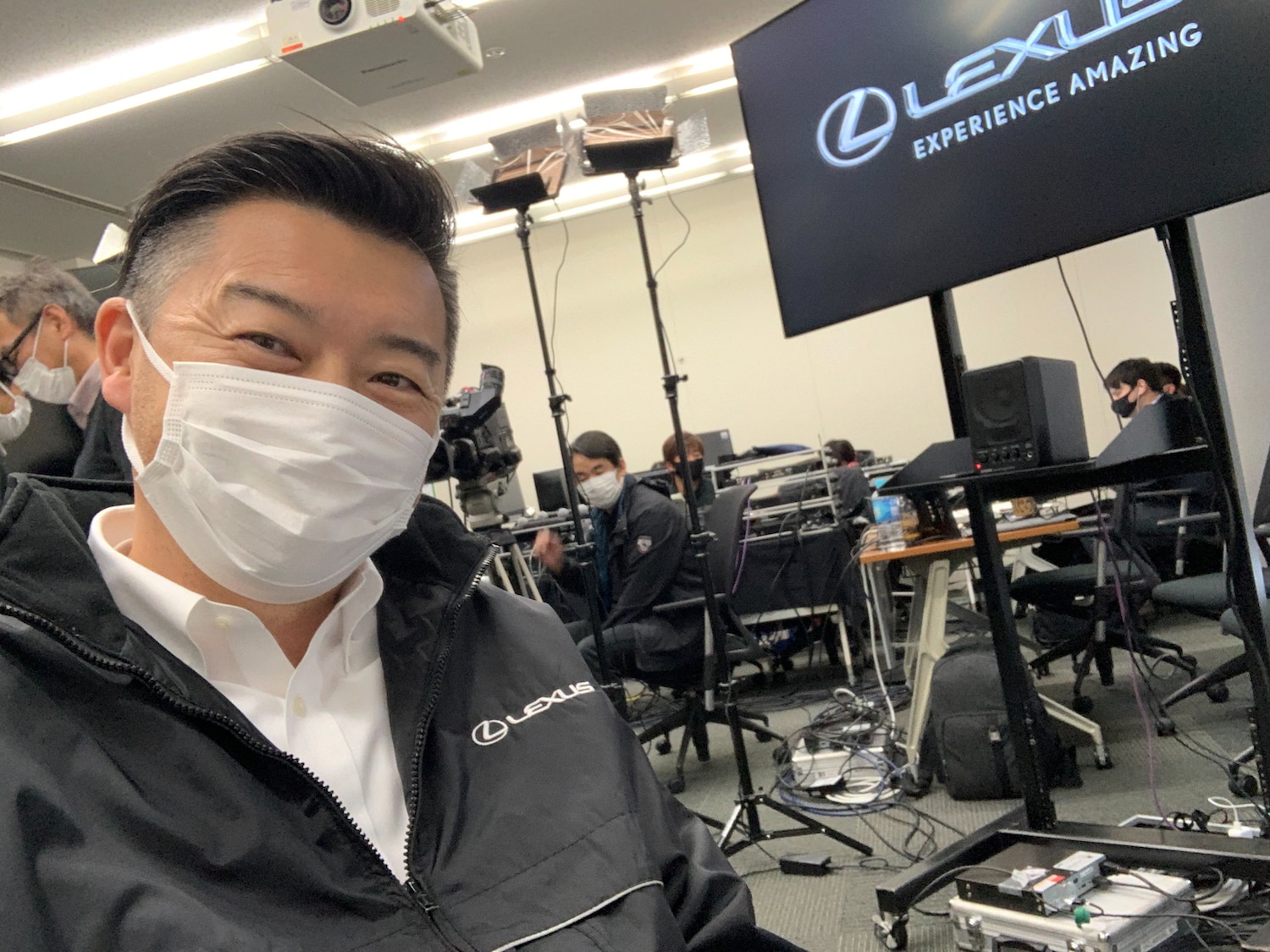
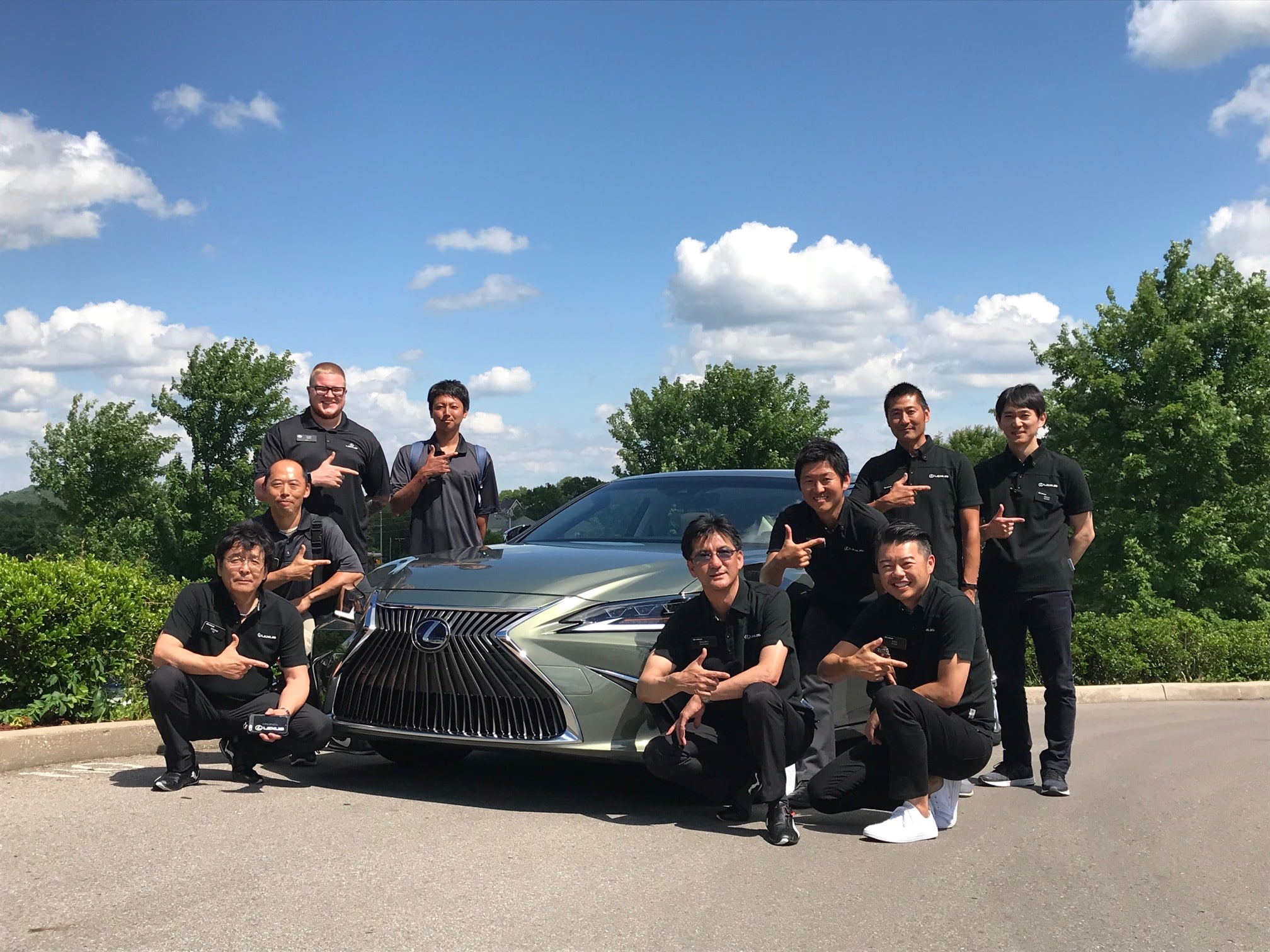
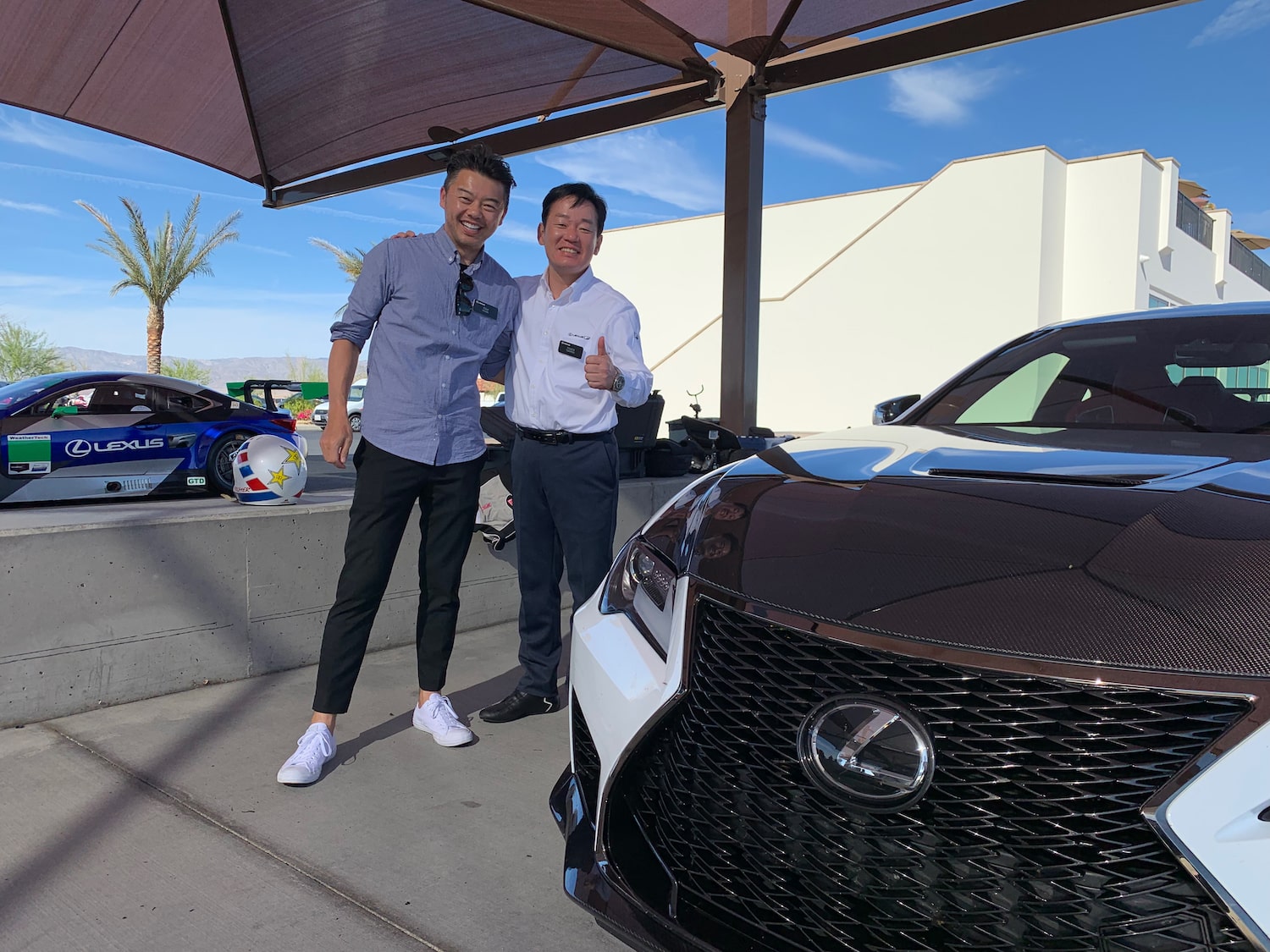
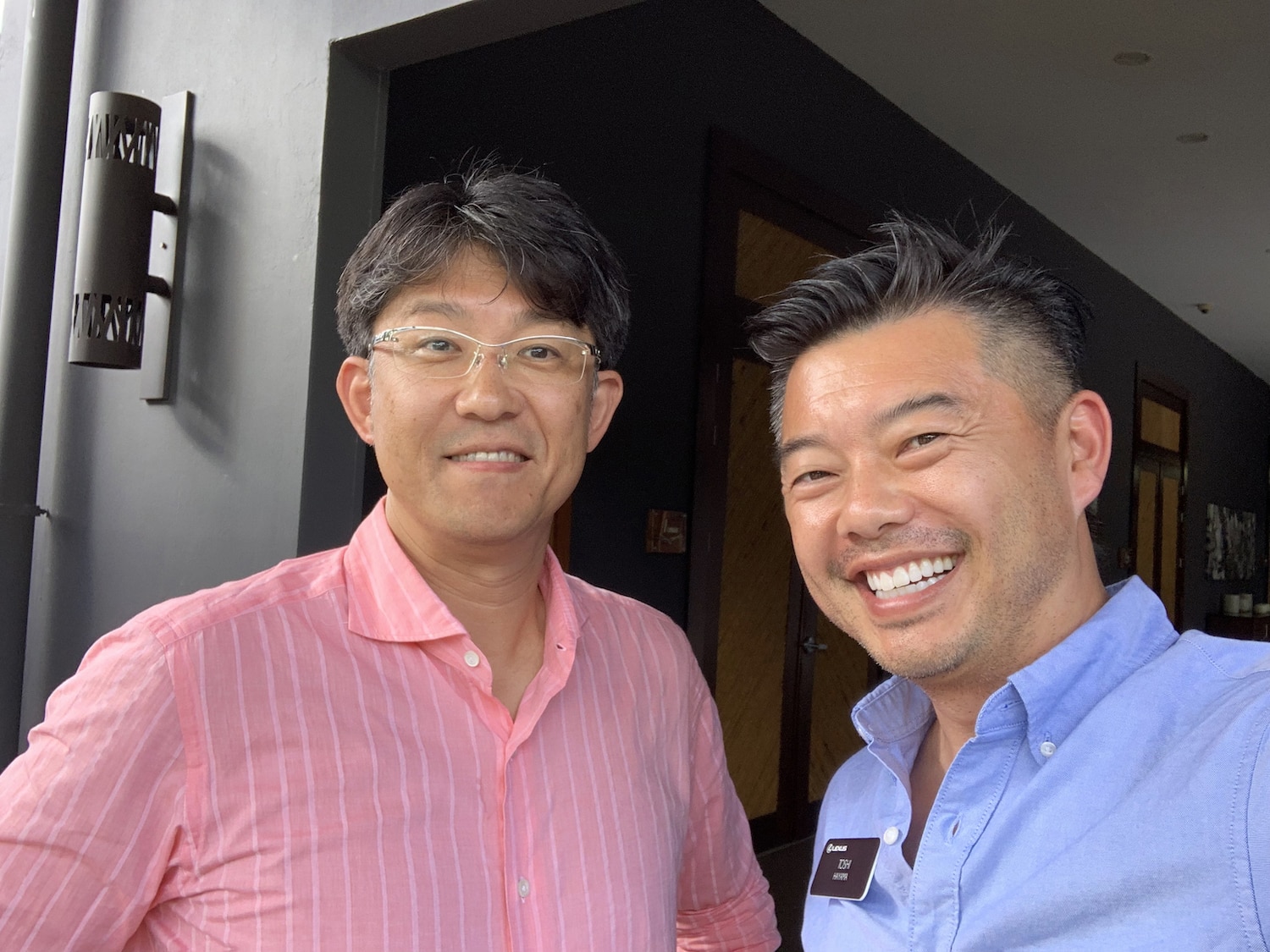

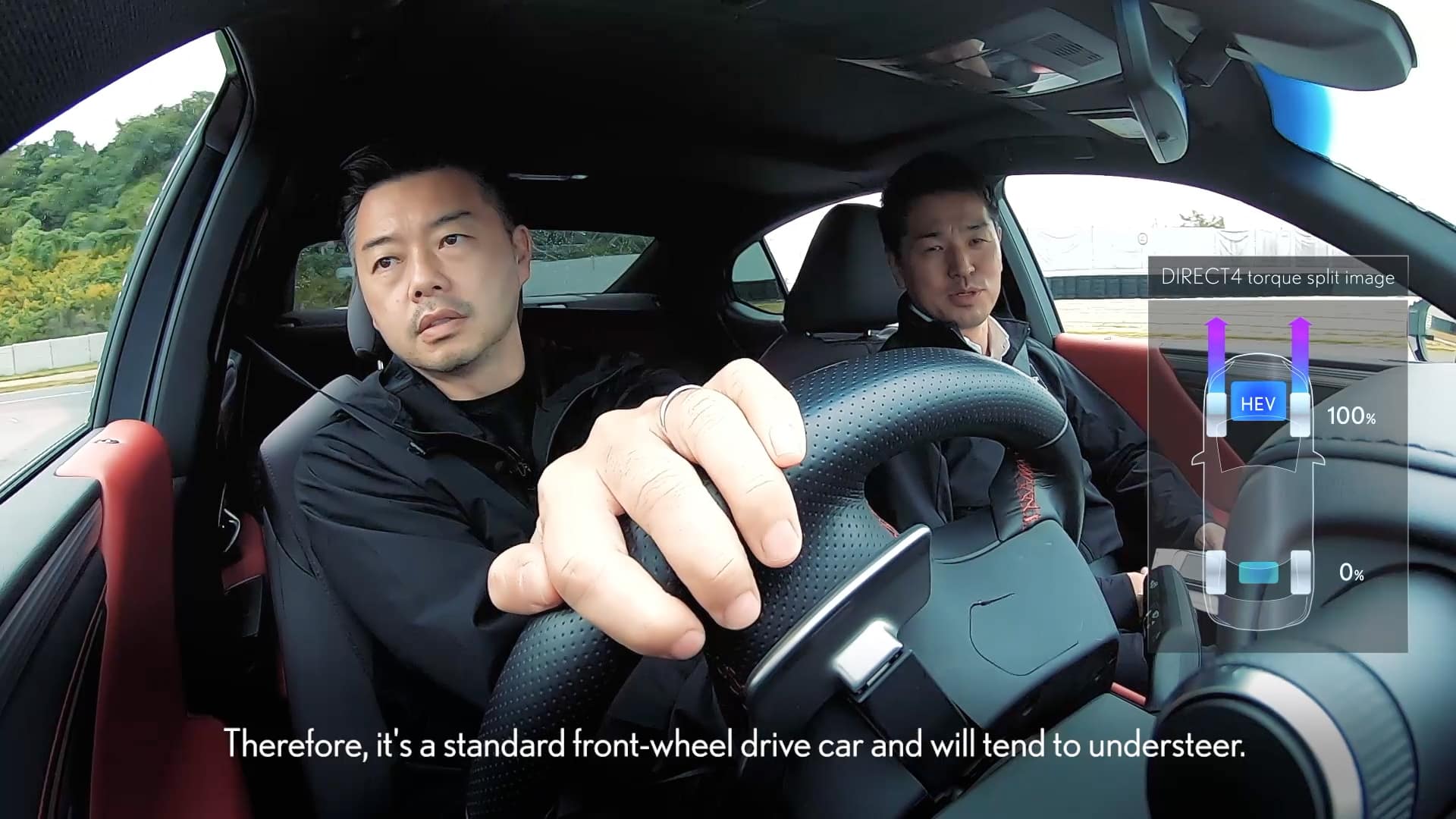


The design and branding side of the business continued to grow, when another pivotal moment happened in late 2008, early 2009.
With years of translation/ interpreting experience under his belt, Toshi was approached by a close friend to serve as a back-up interpreter for the chief engineers at a Lexus vehicle launch event in New York.
Although he only supported one event that year, the relationship would grow into a full fledged vendor contact with Toyota Motor Corporation (TMC) Japan/ Lexus International , Toyota Motor North America (TMNA).
Stage 10 currently provides automotive technical translation/interpretation support as well as PR/media training for Japanese corporate executives and Chief engineers.
It is through these multiple chance encounters and projects that Stage 10 was able to evolve over the years.
Taking cues from the Japanese saying “wabisabi” , Stage 10 is imperfect, impermanent and incomplete. This sets the stage for constant evolution and the opportunity to always strive for perfection everything everything we do.
We are blessed to have been able to combine all of our experiences and passions into one and pledge to continue growth so that we can provide the best possible services for our clients.

